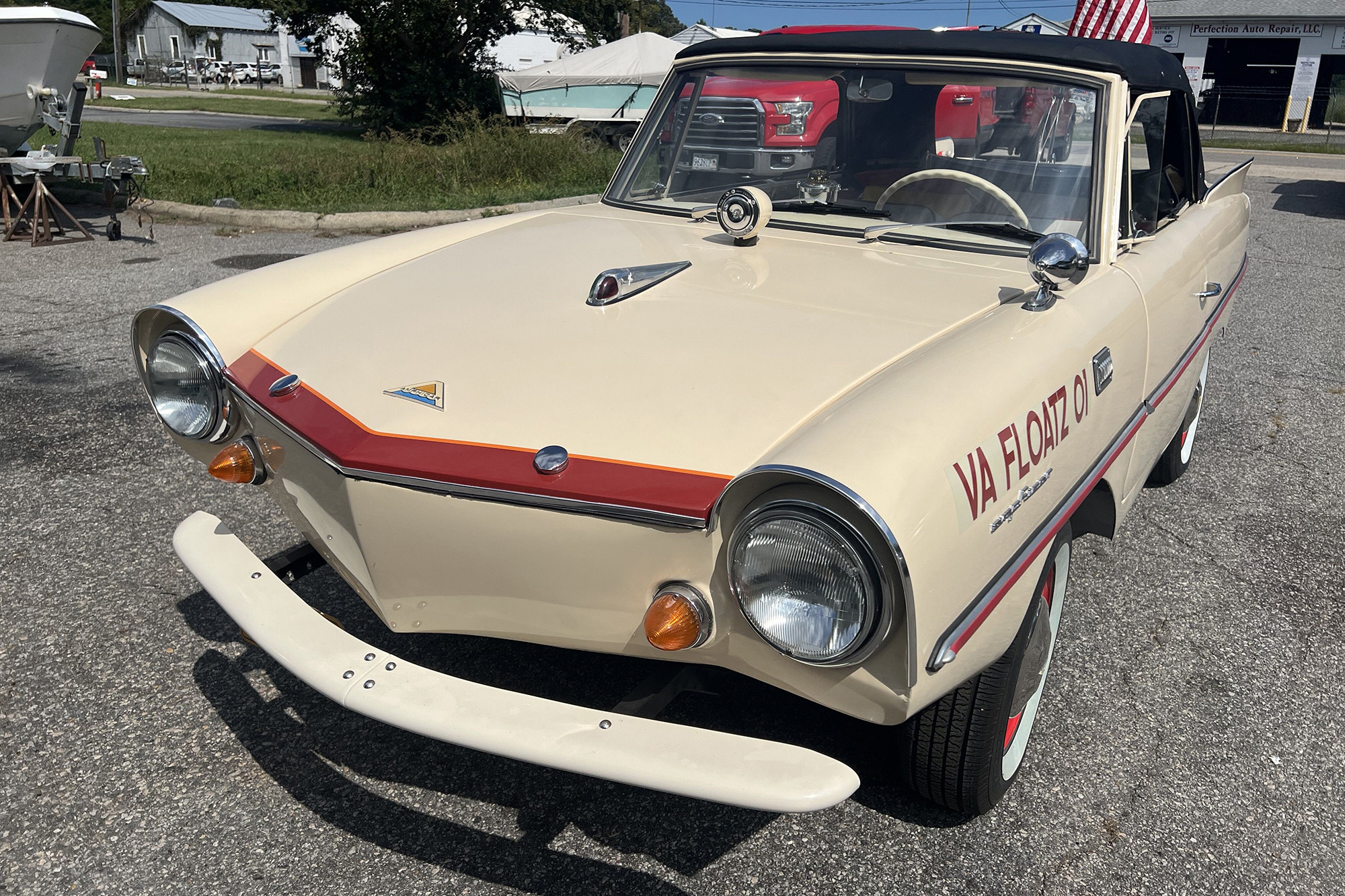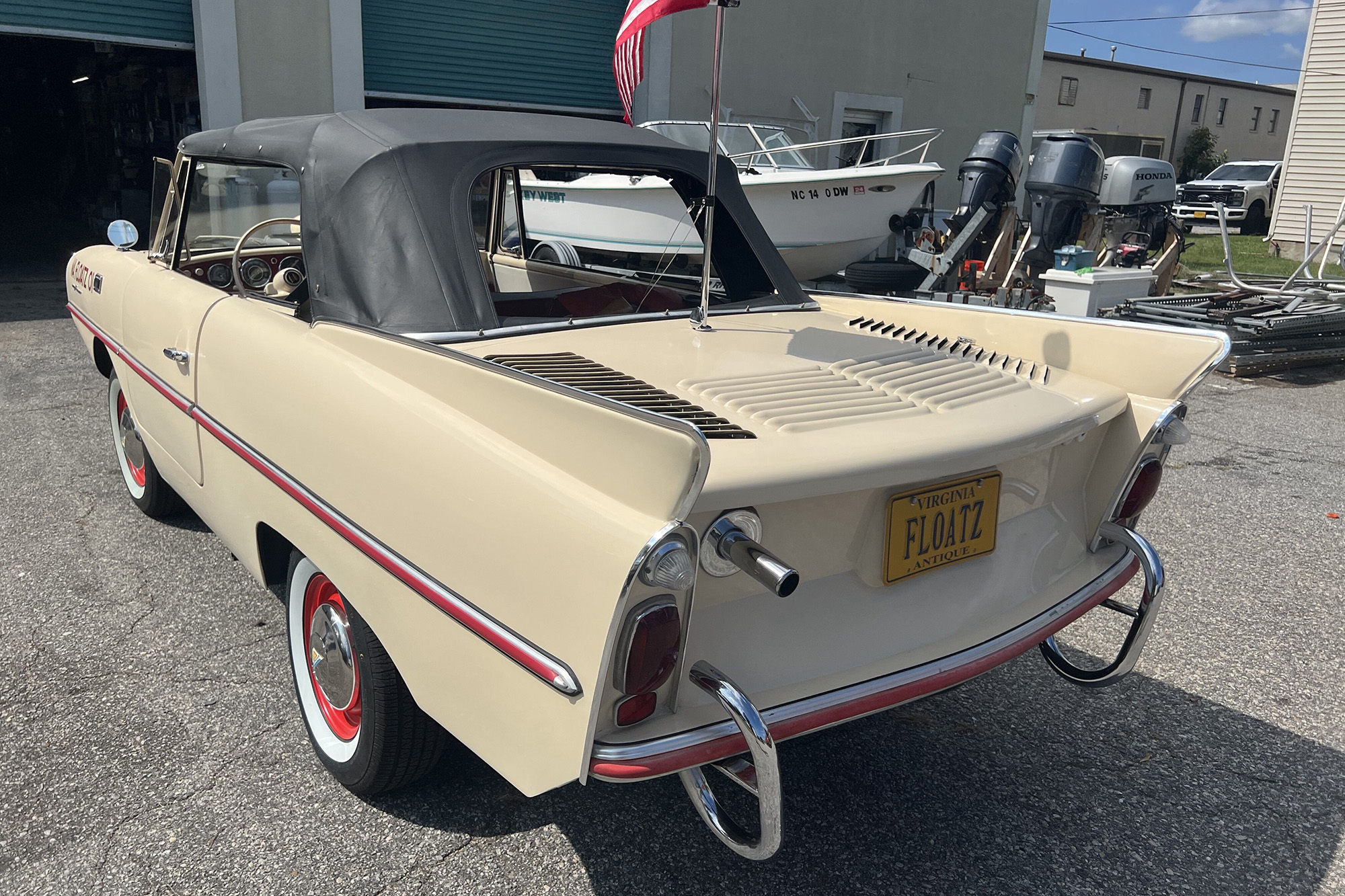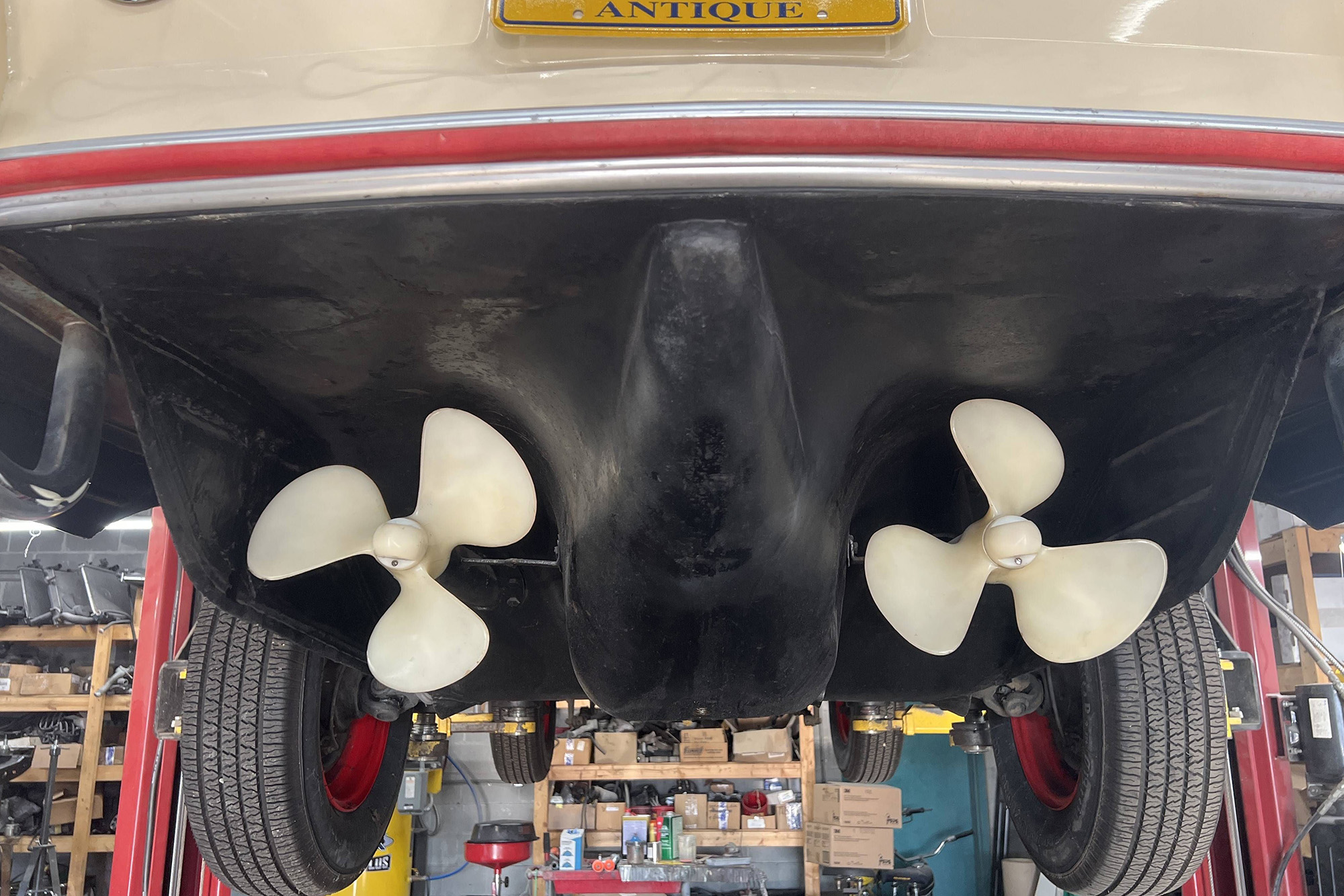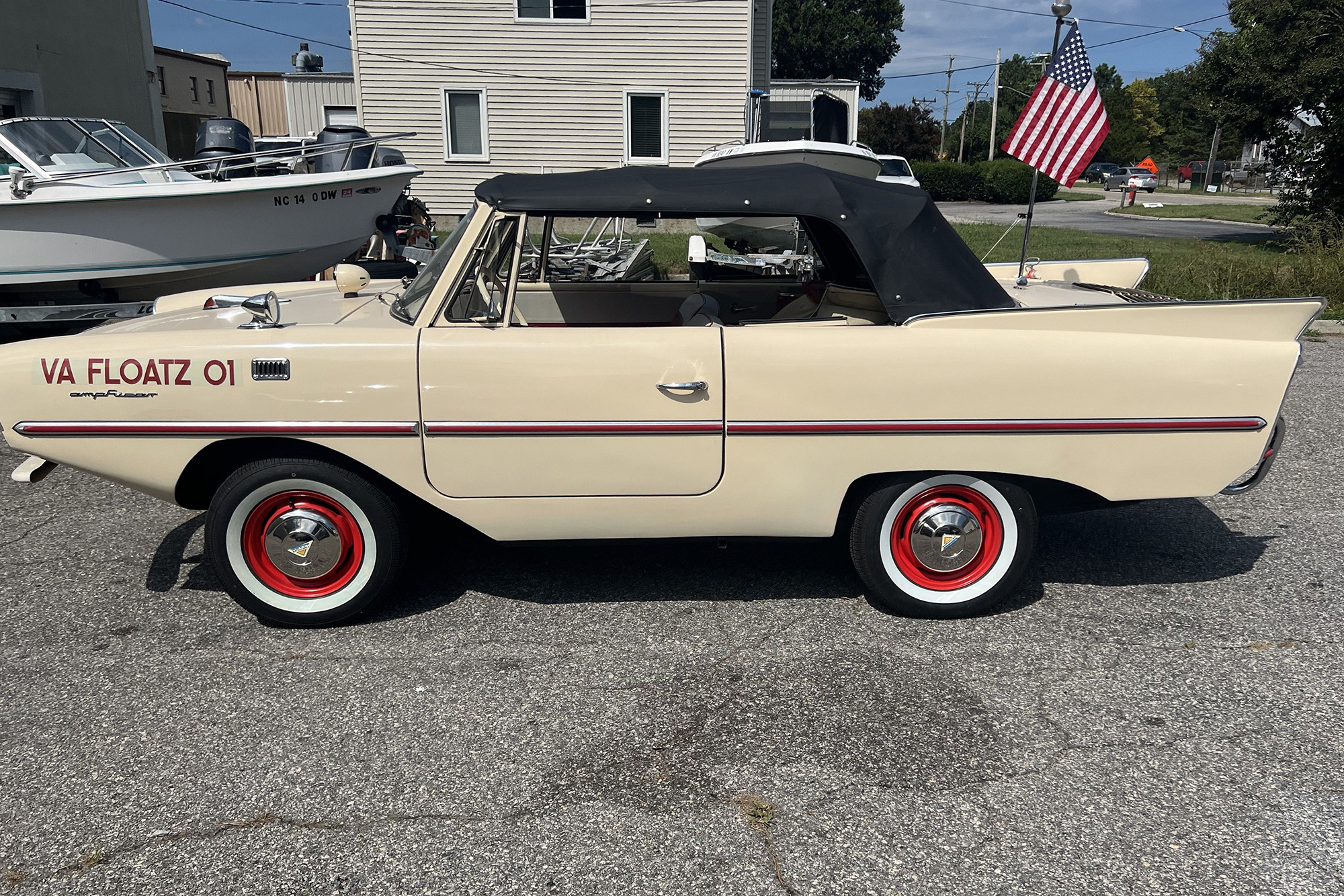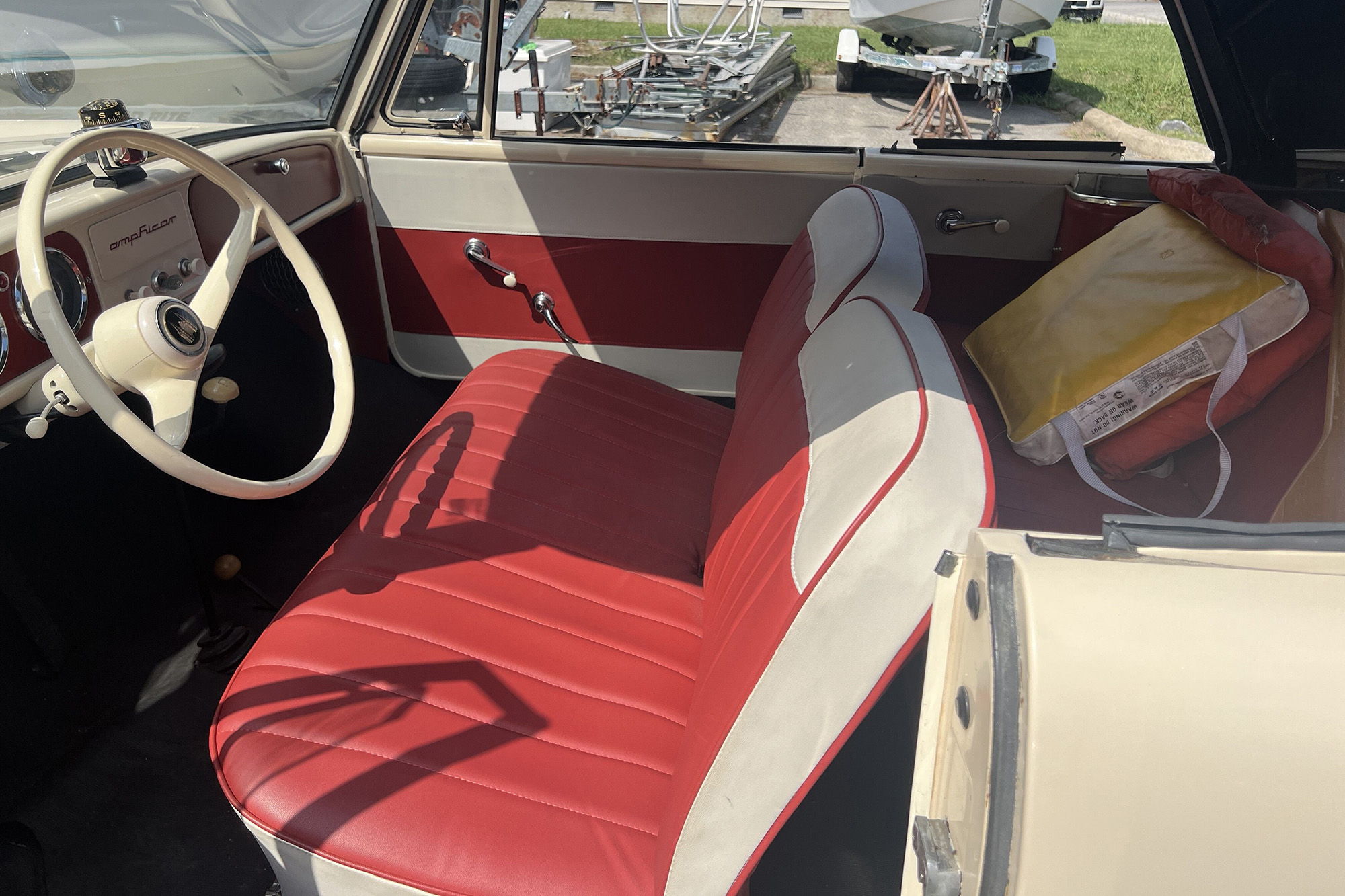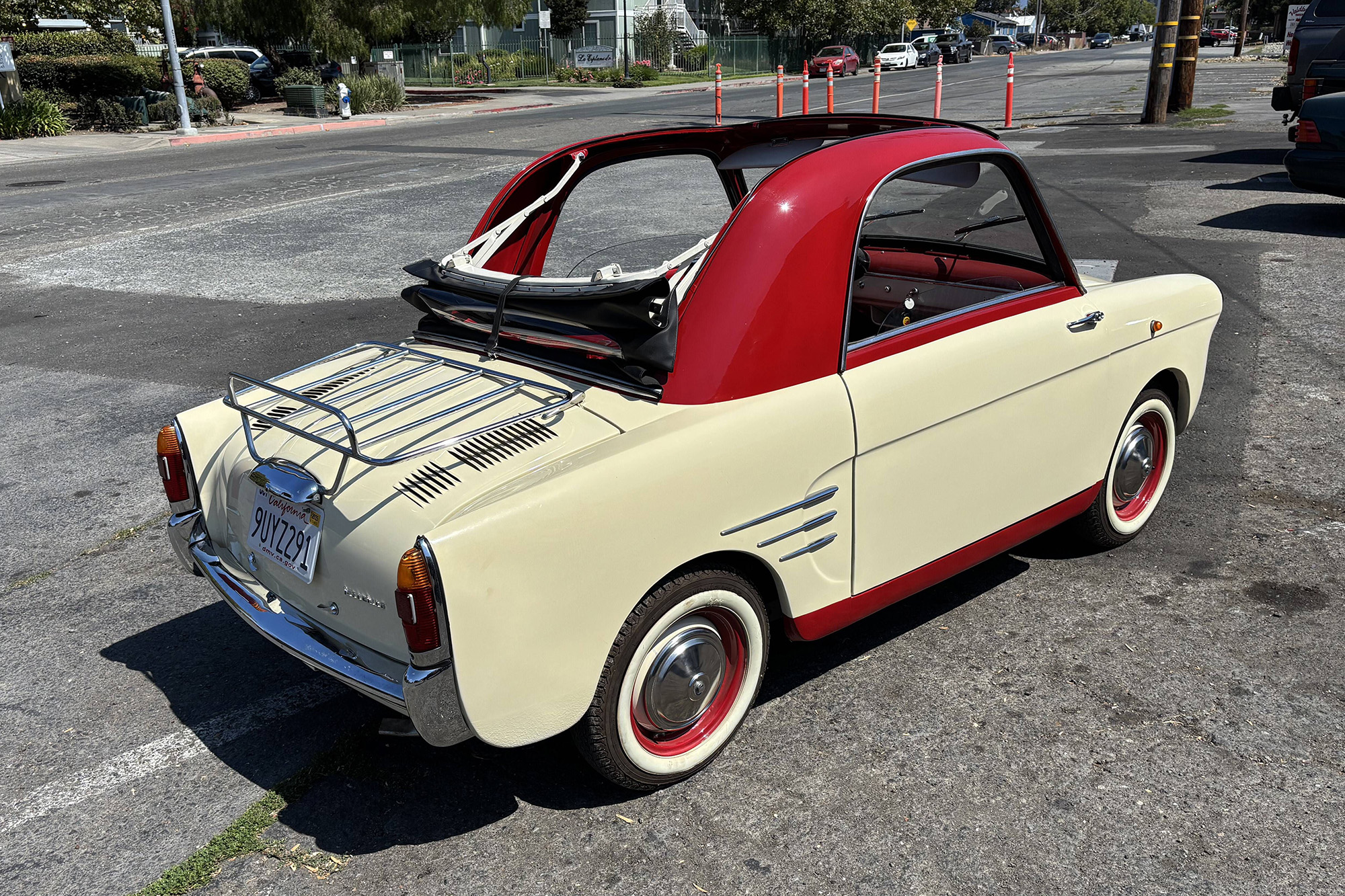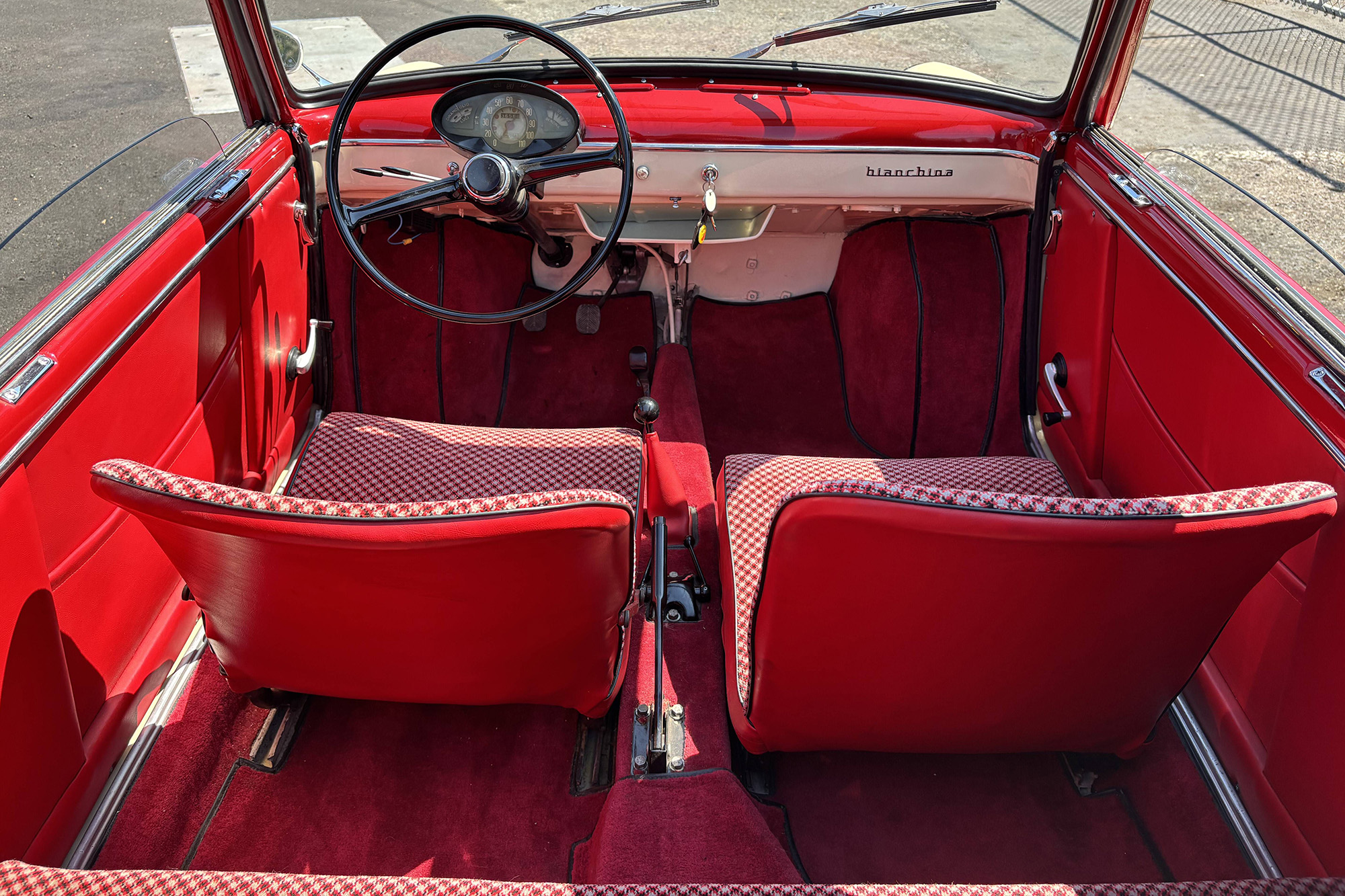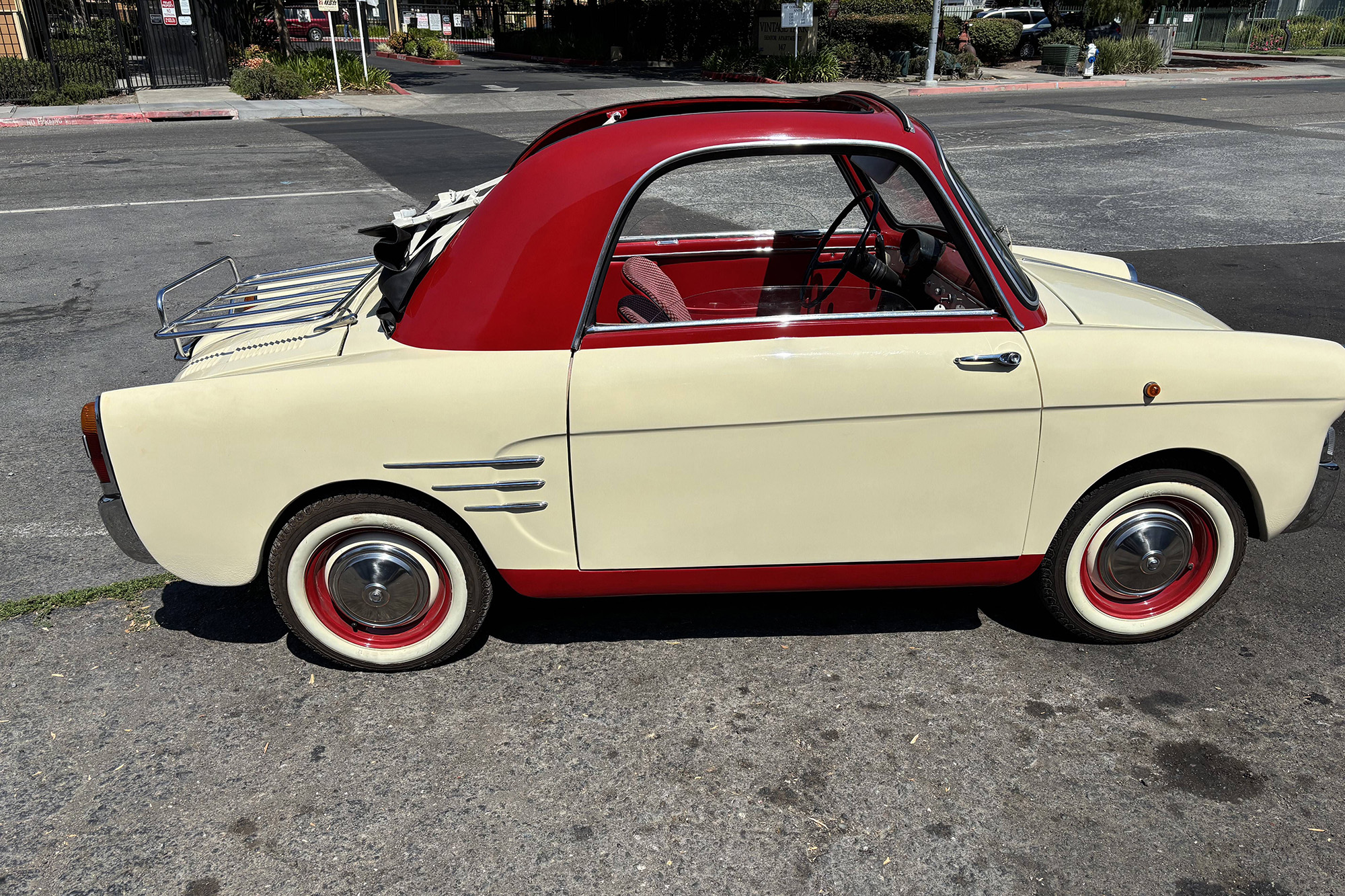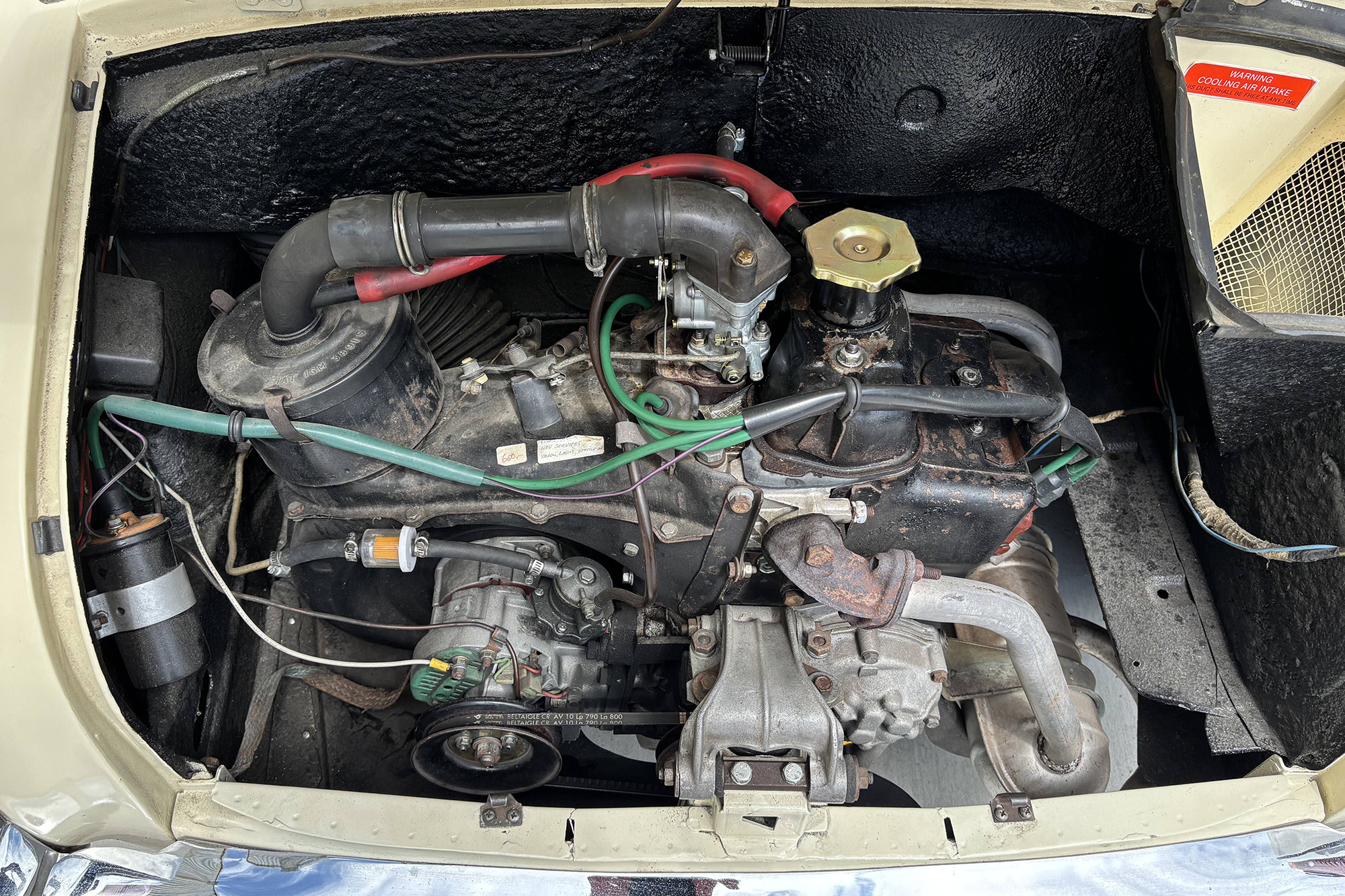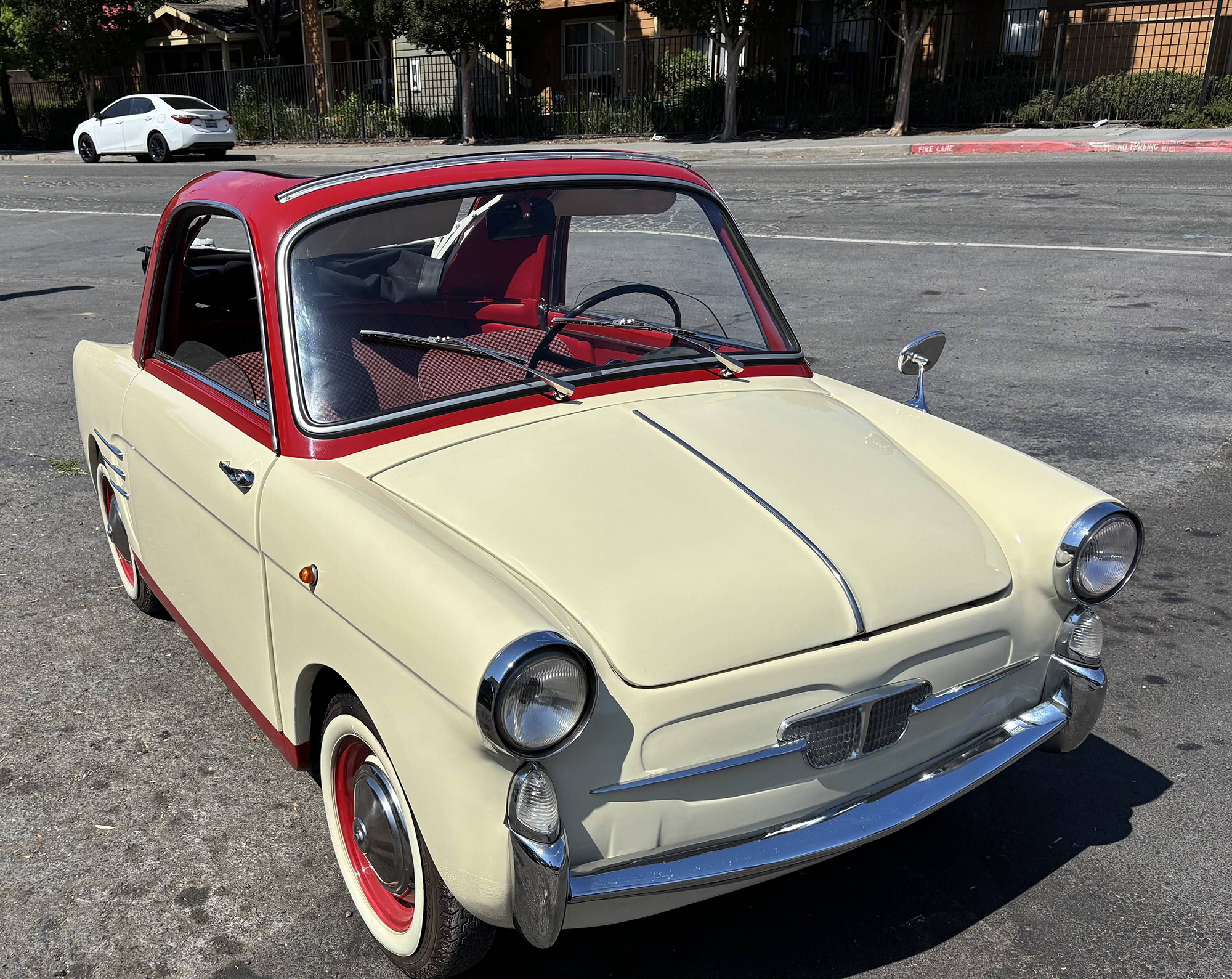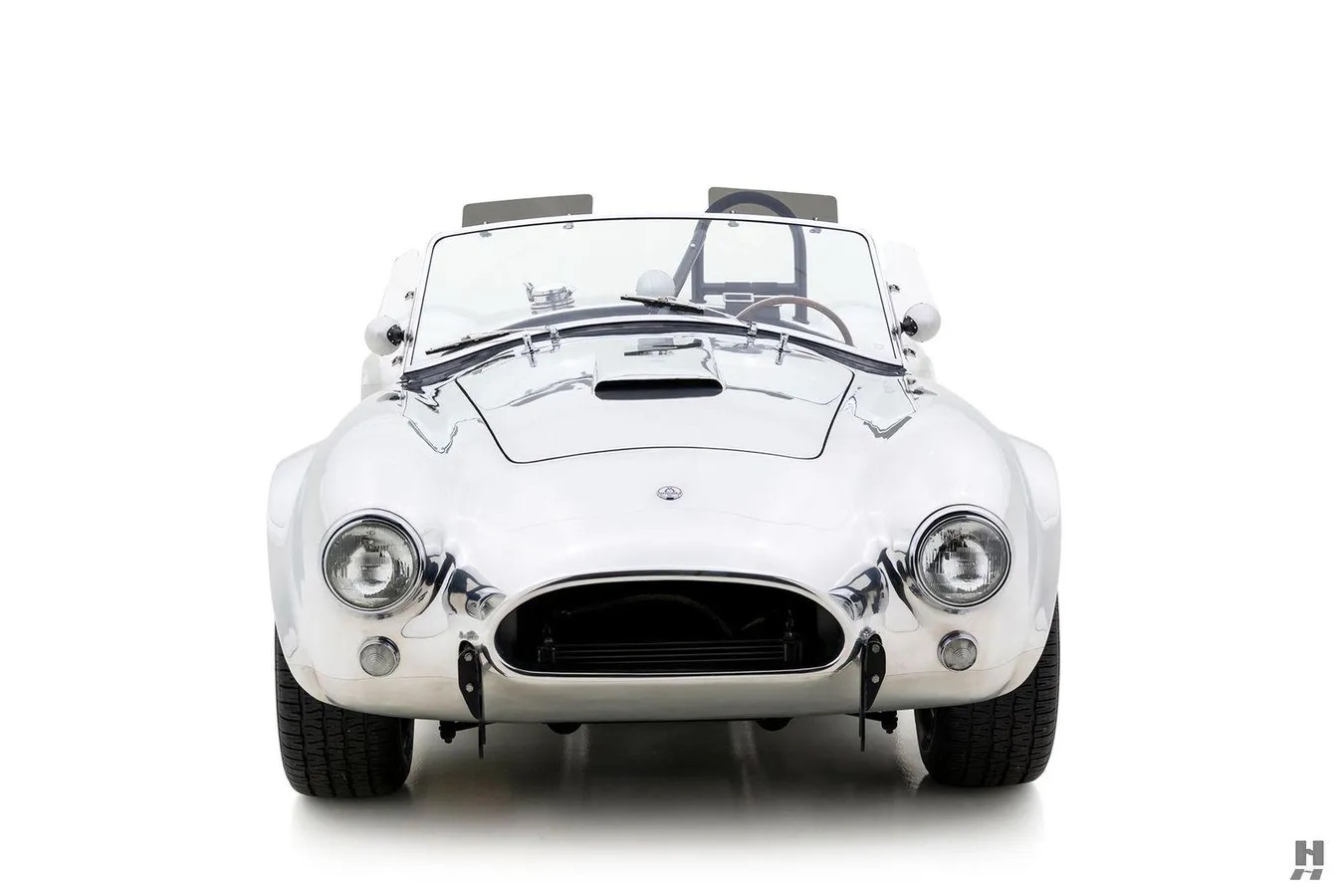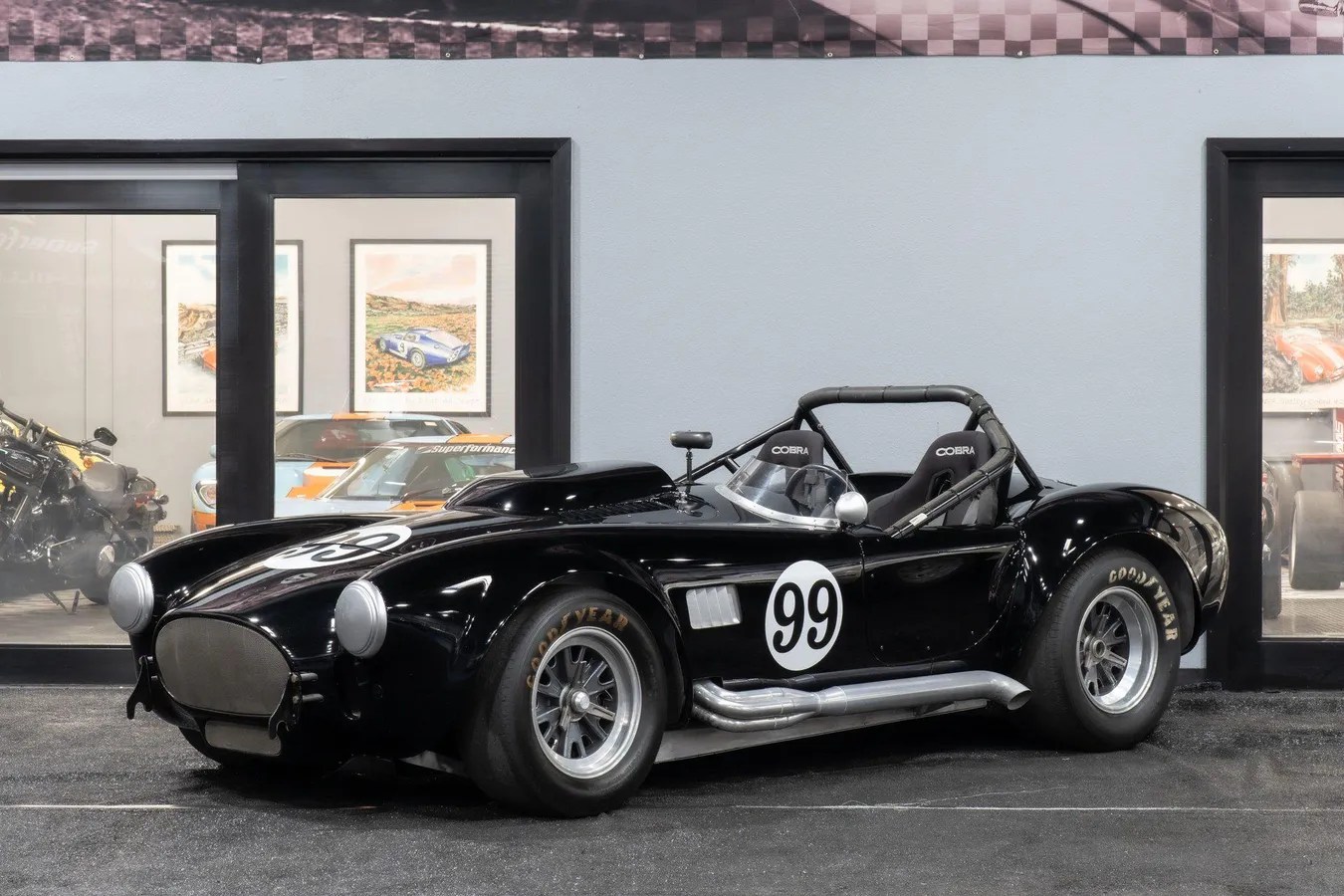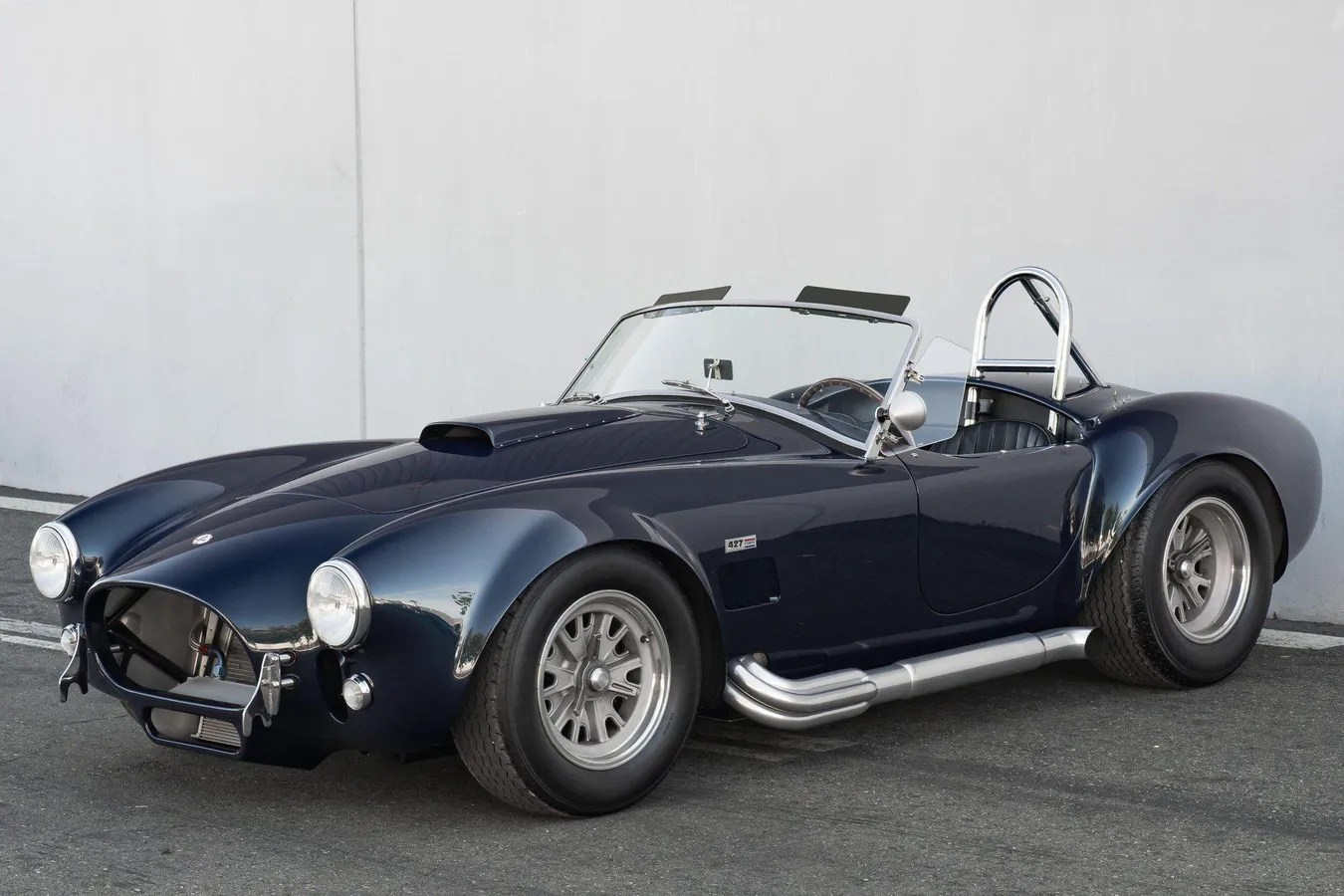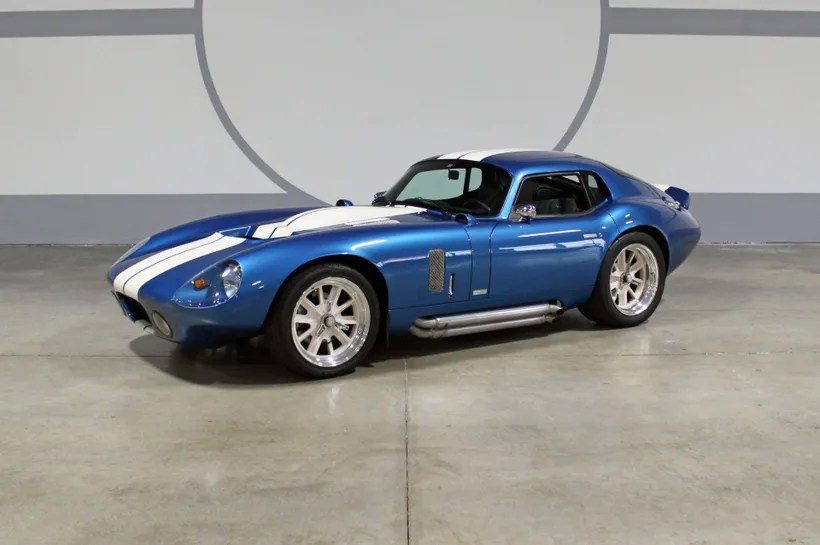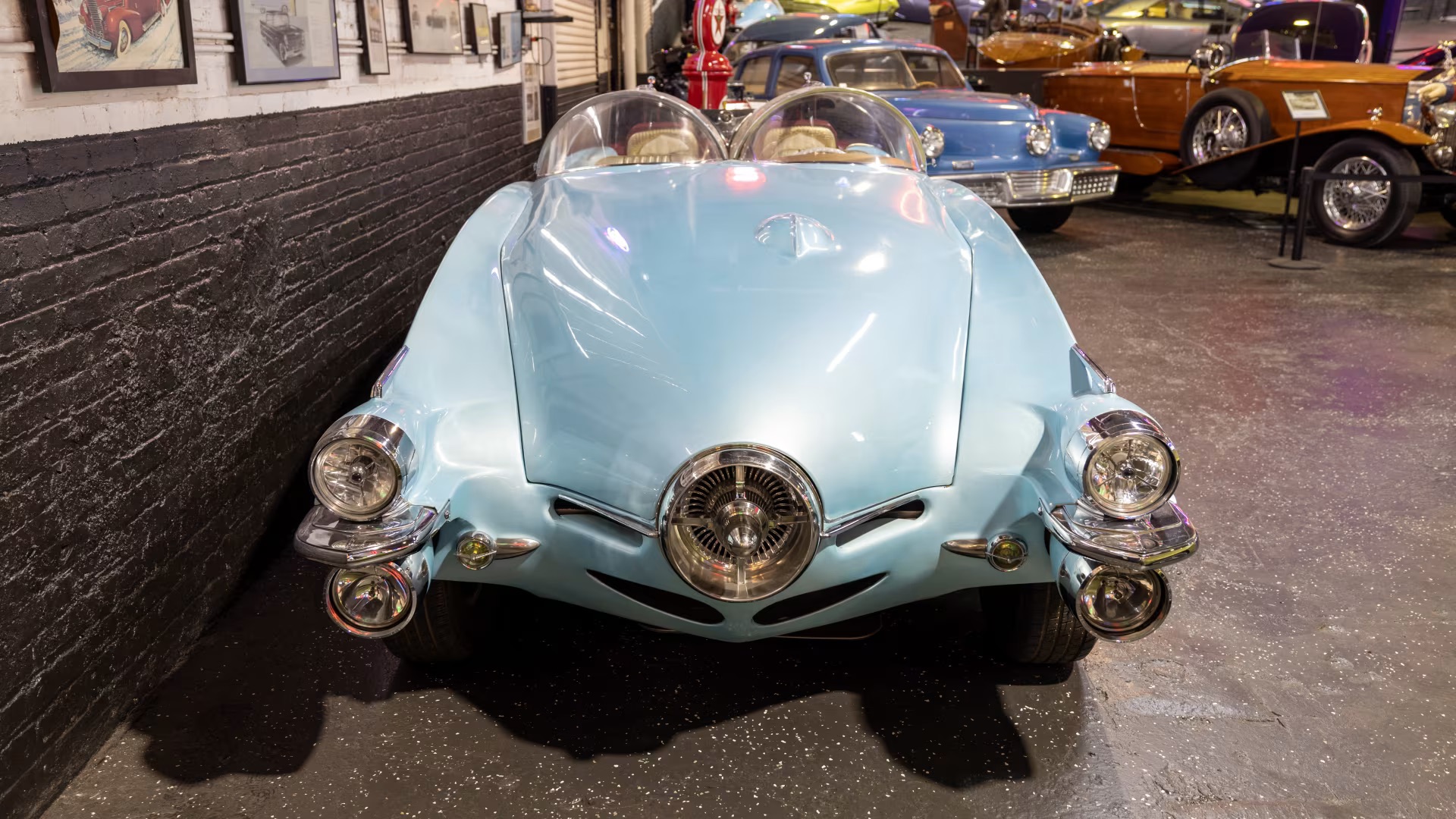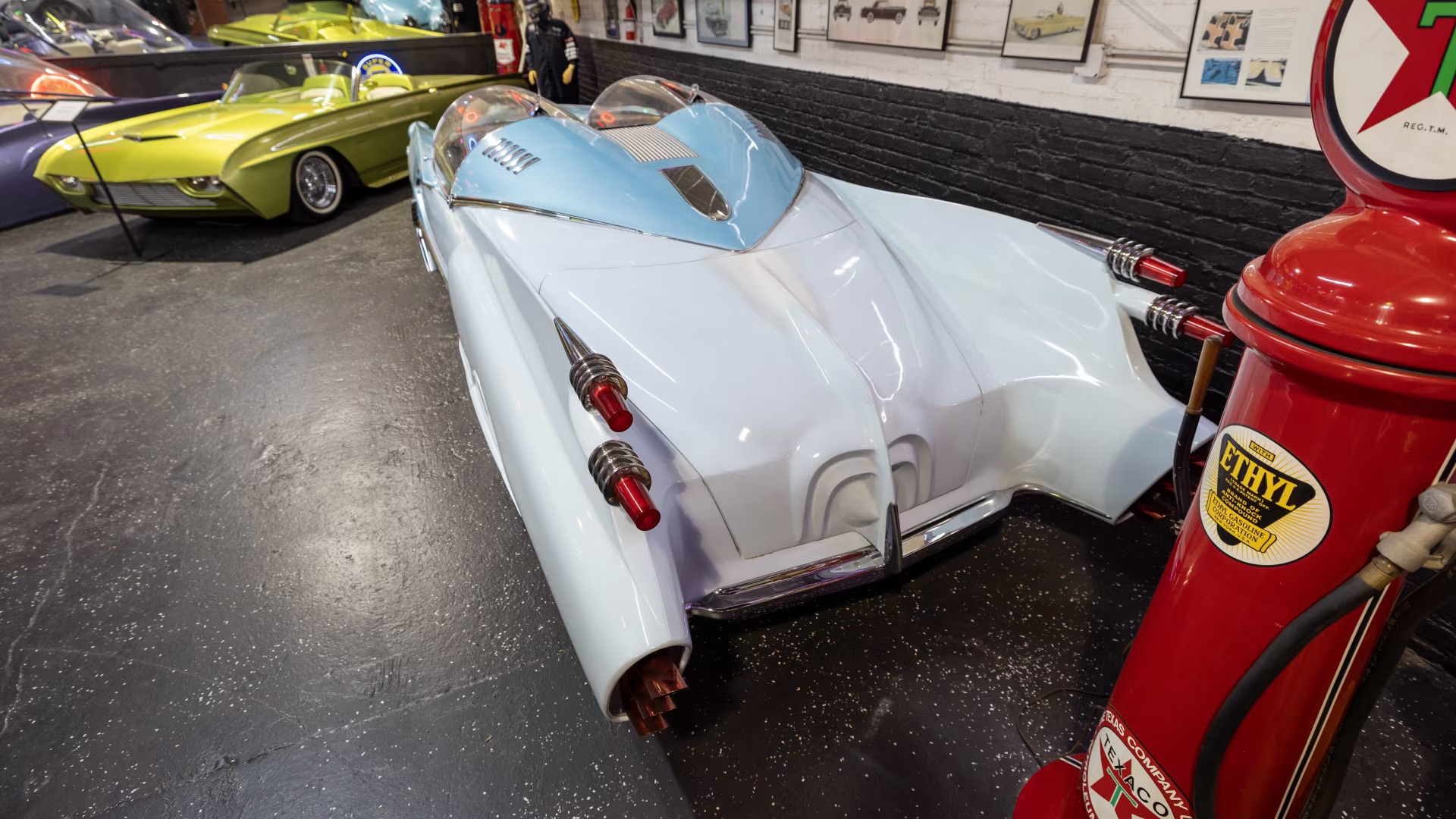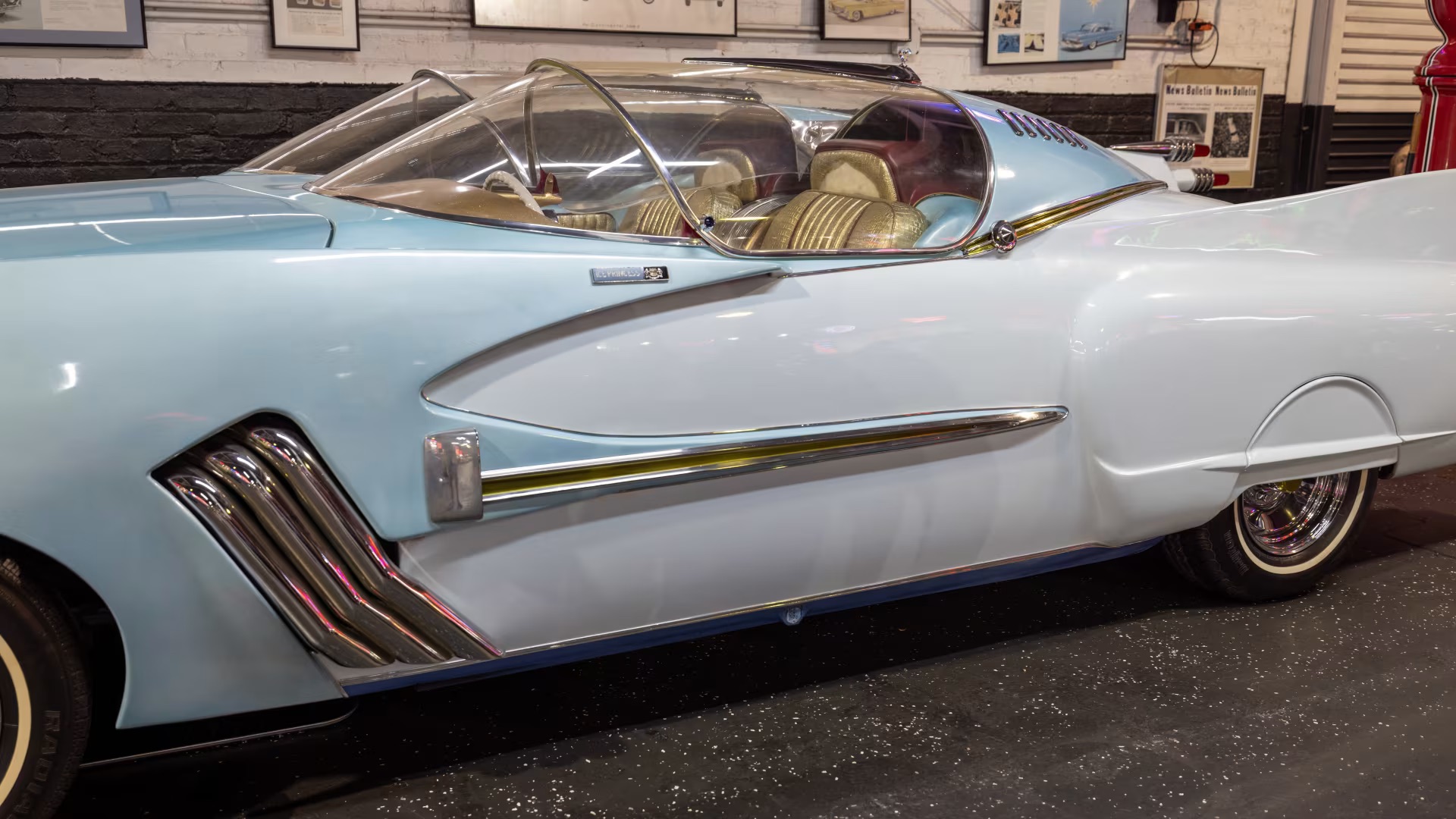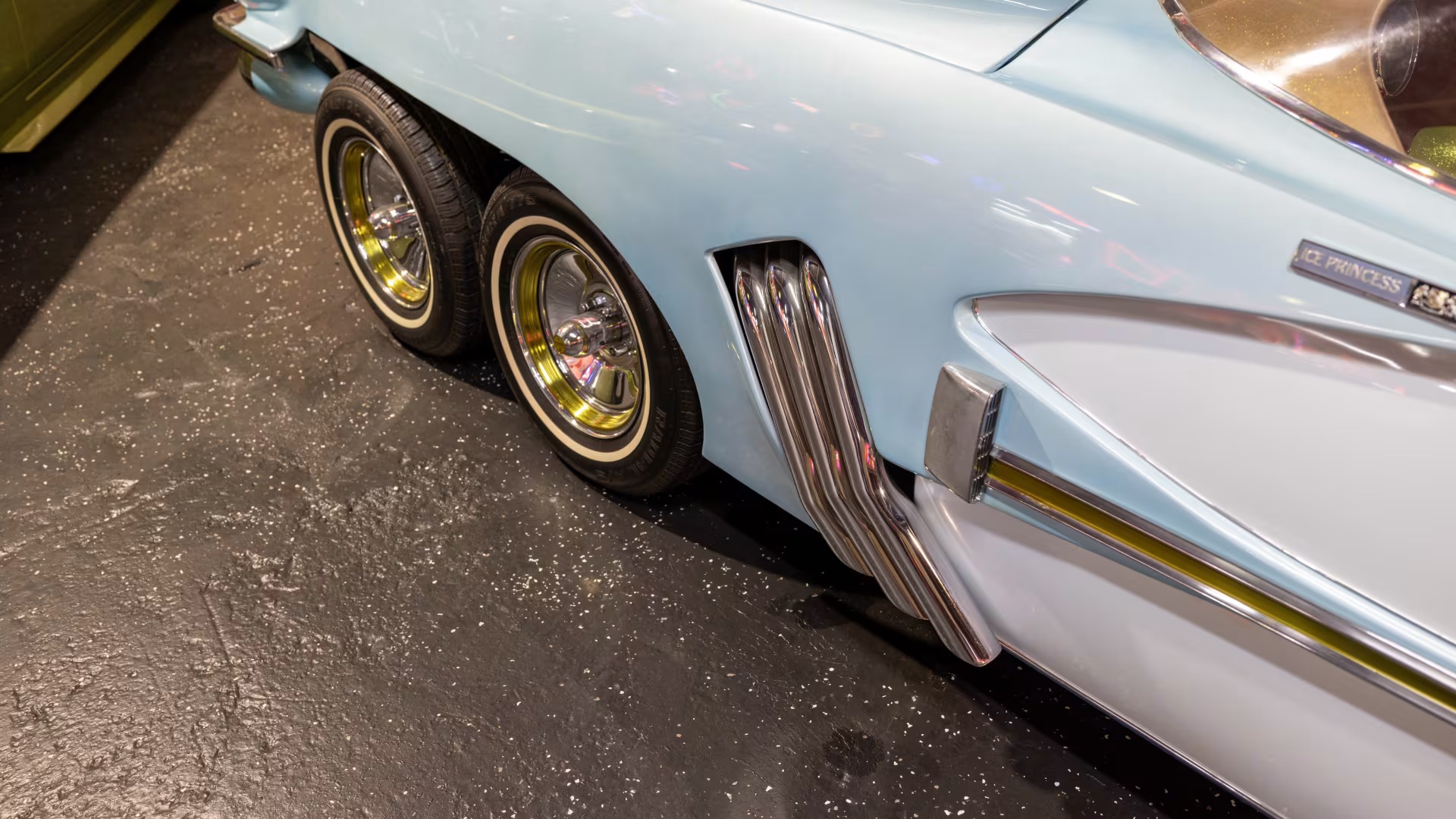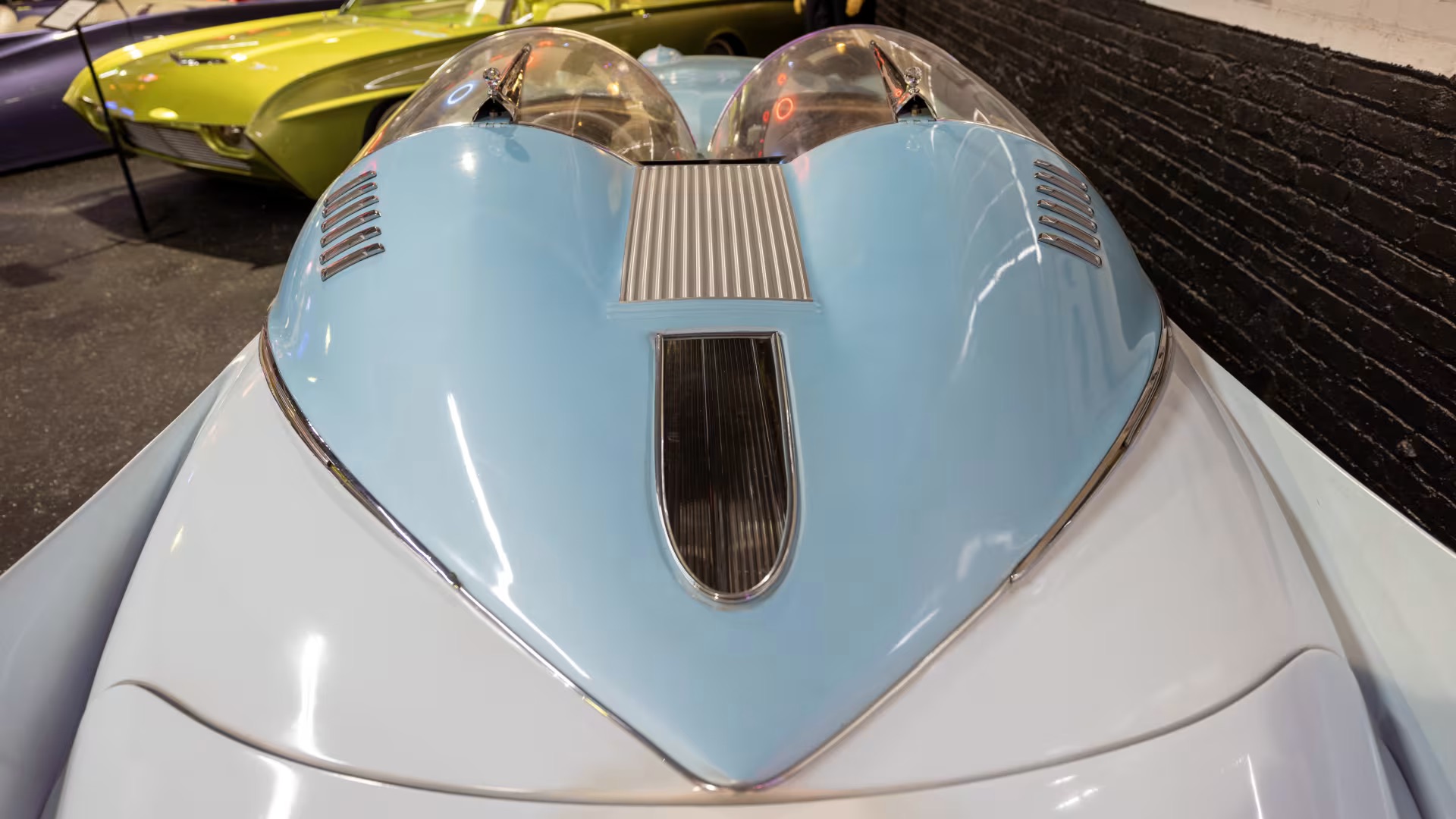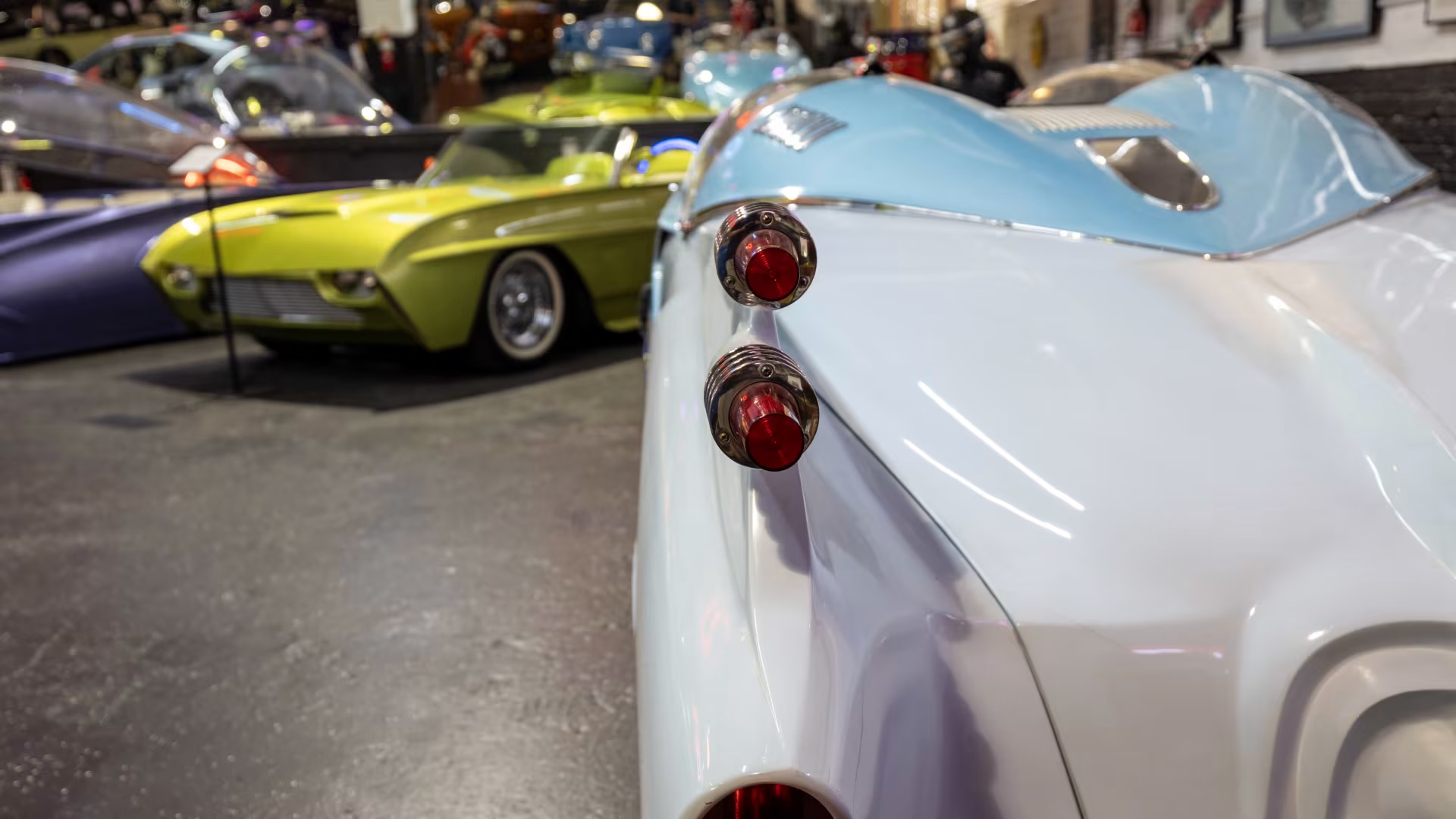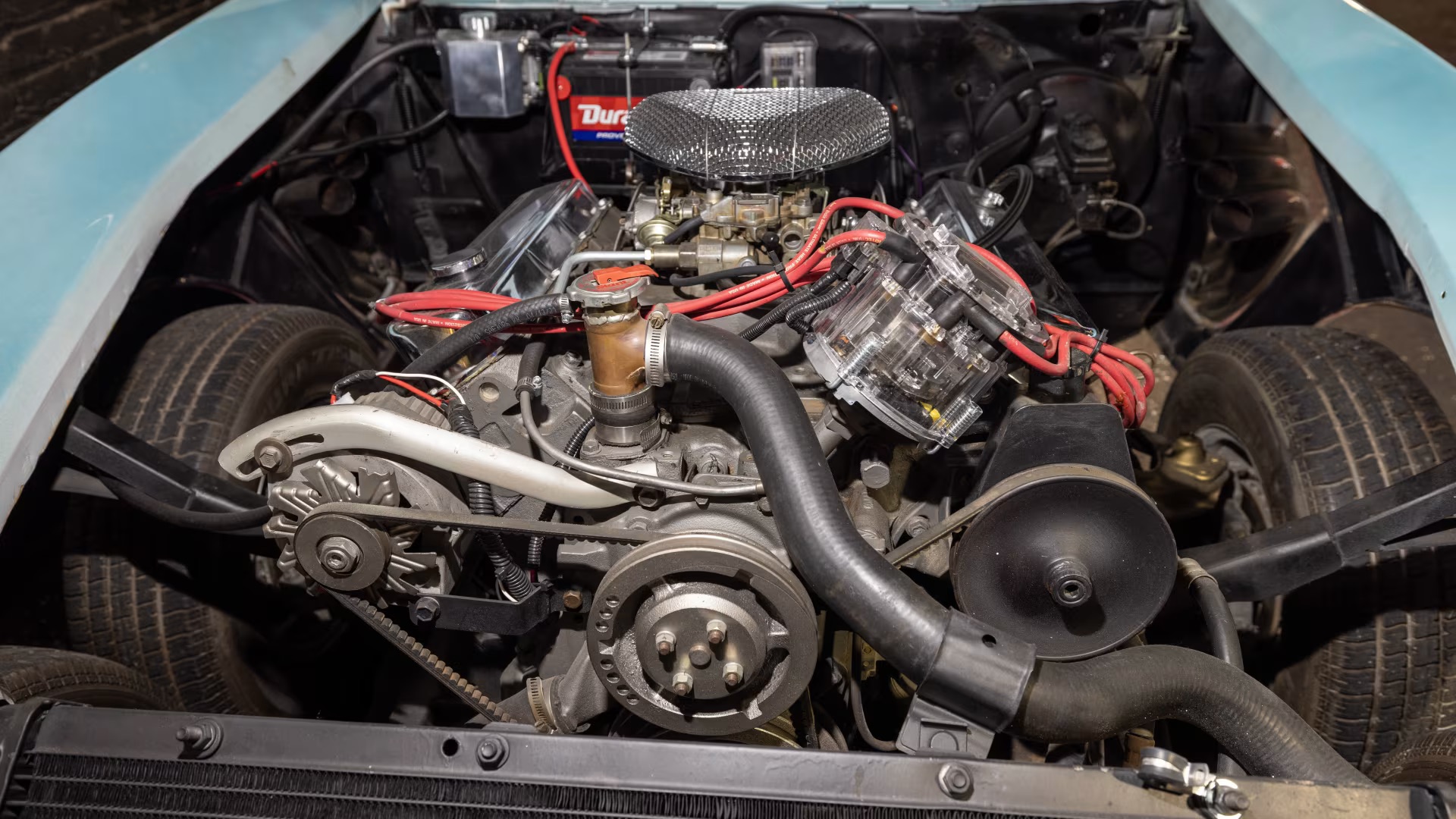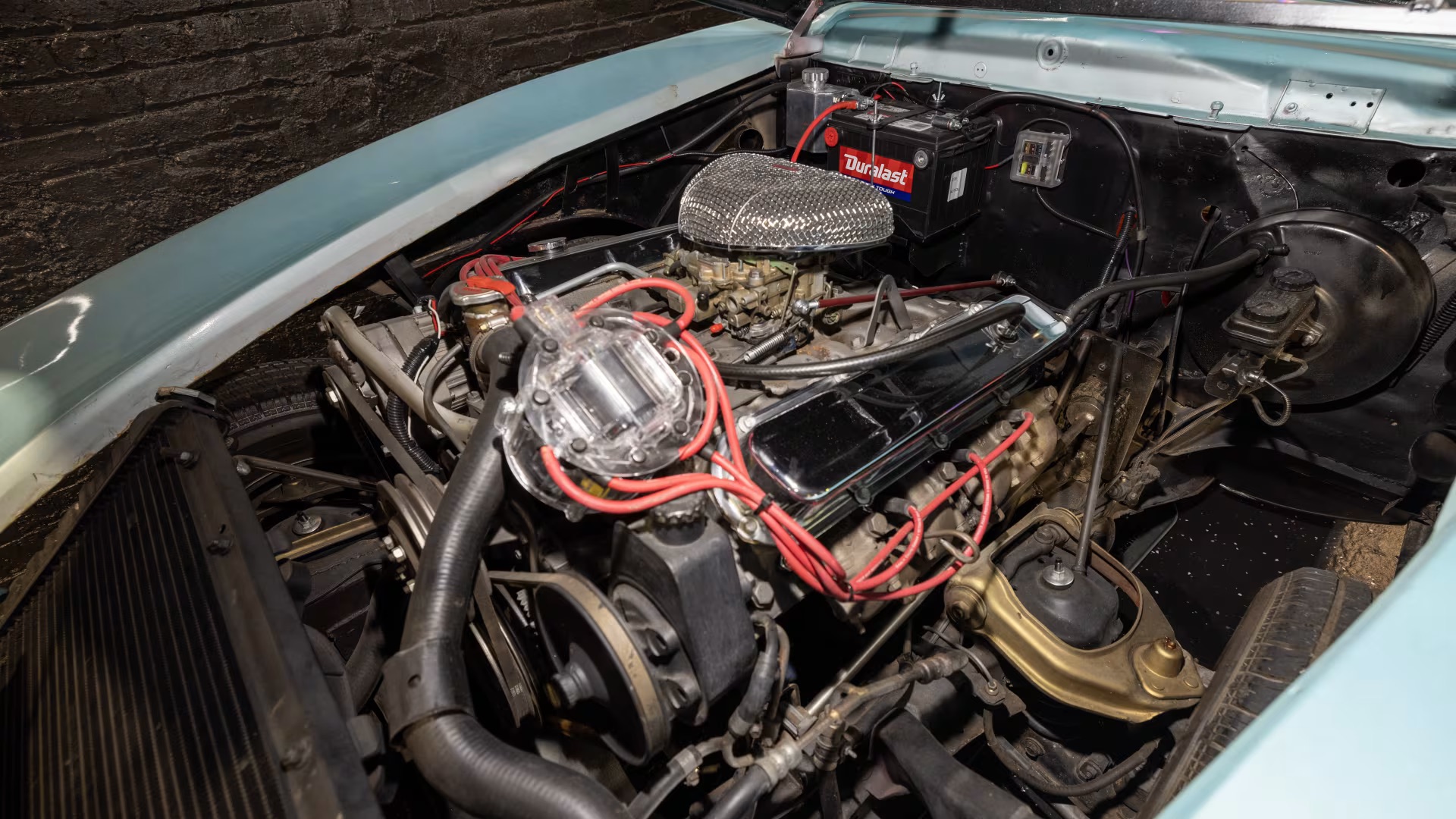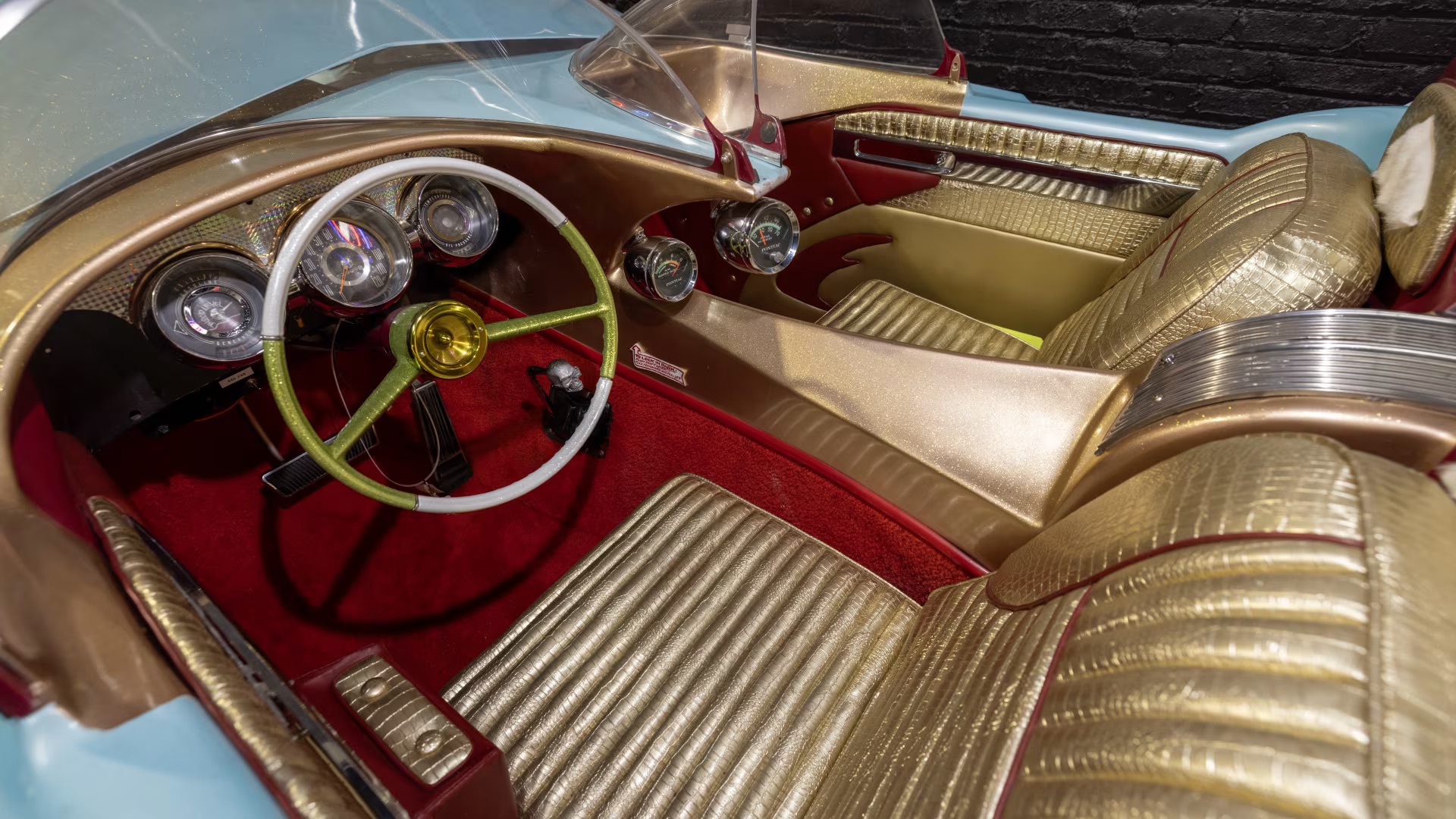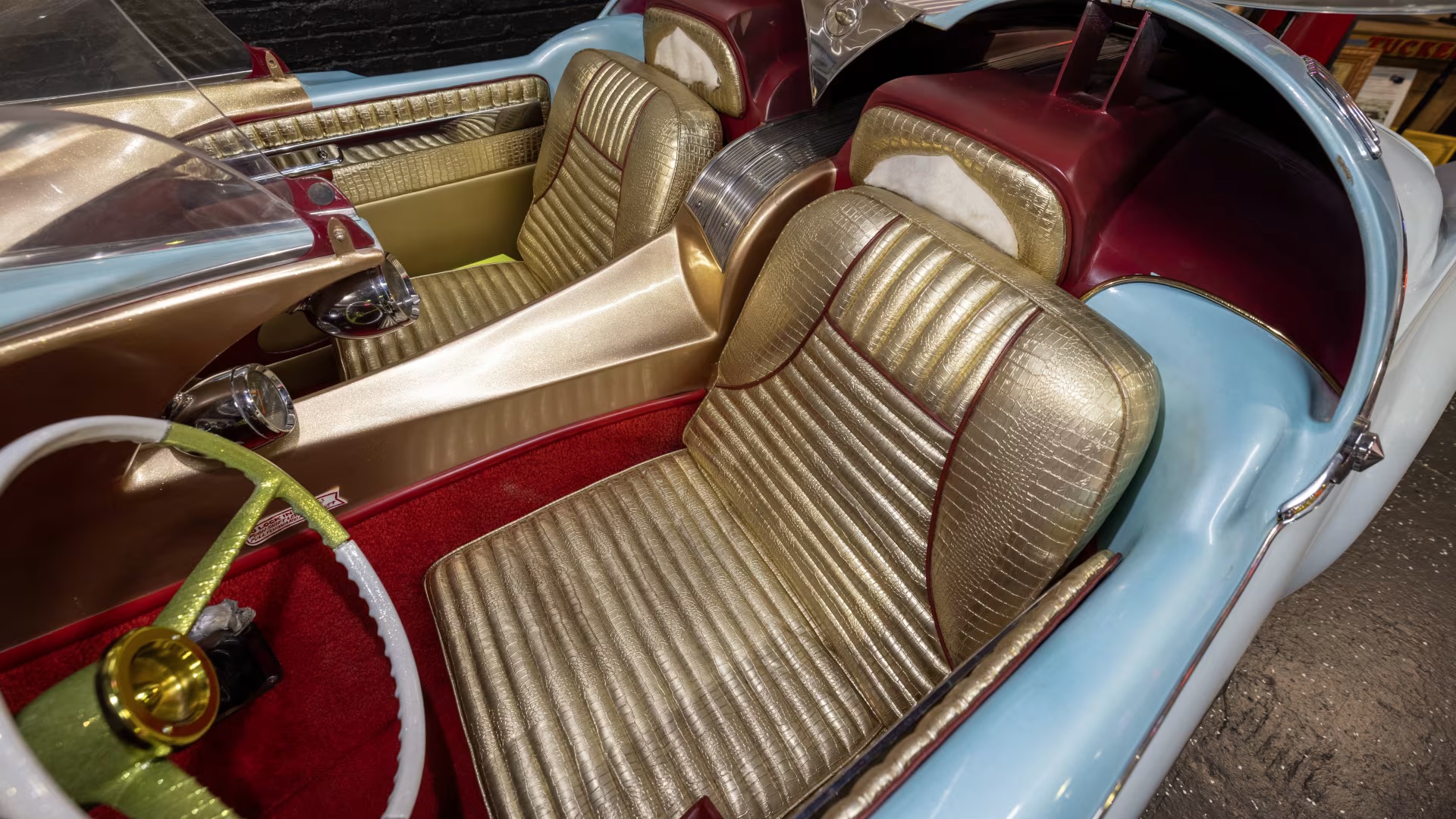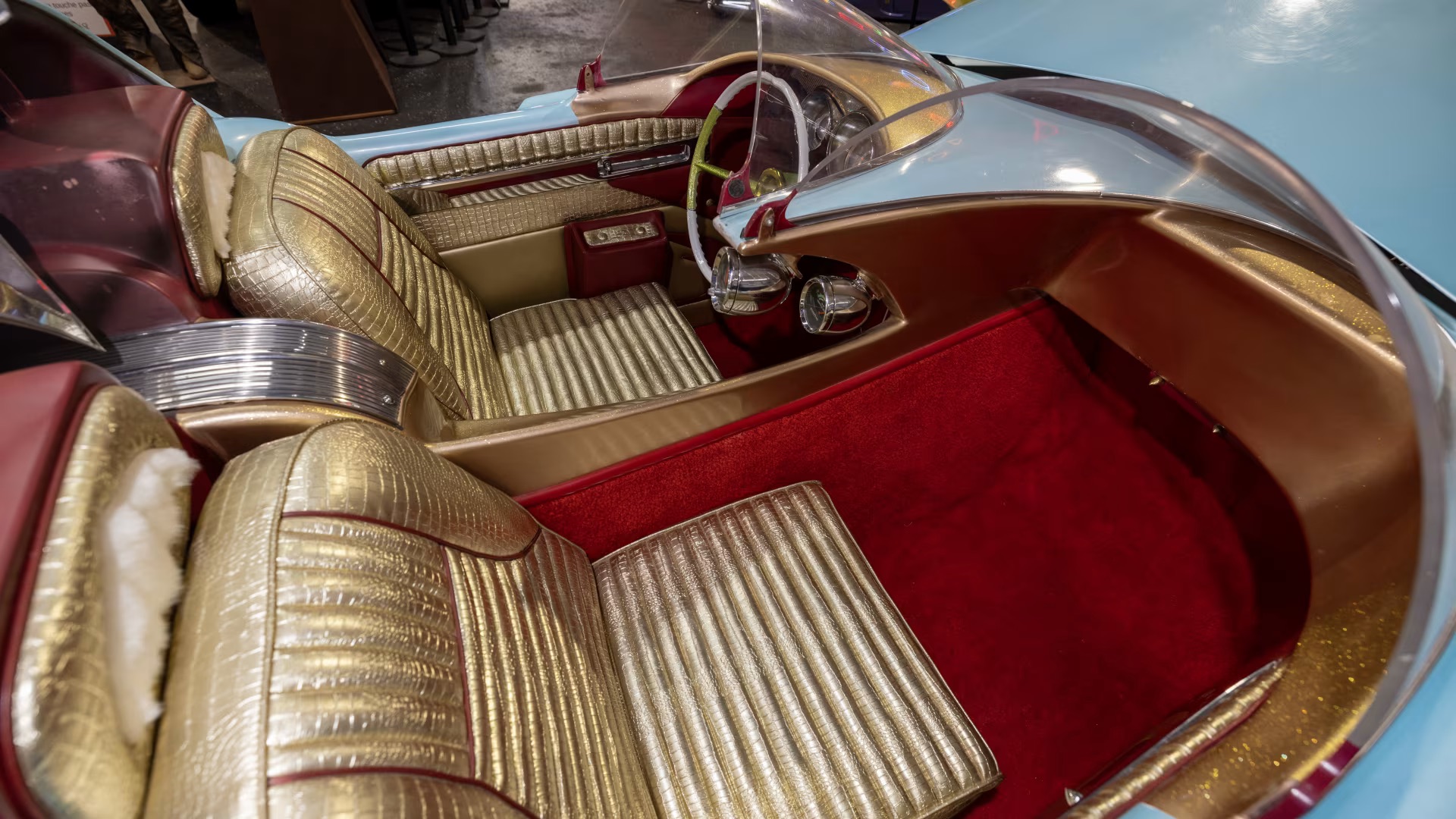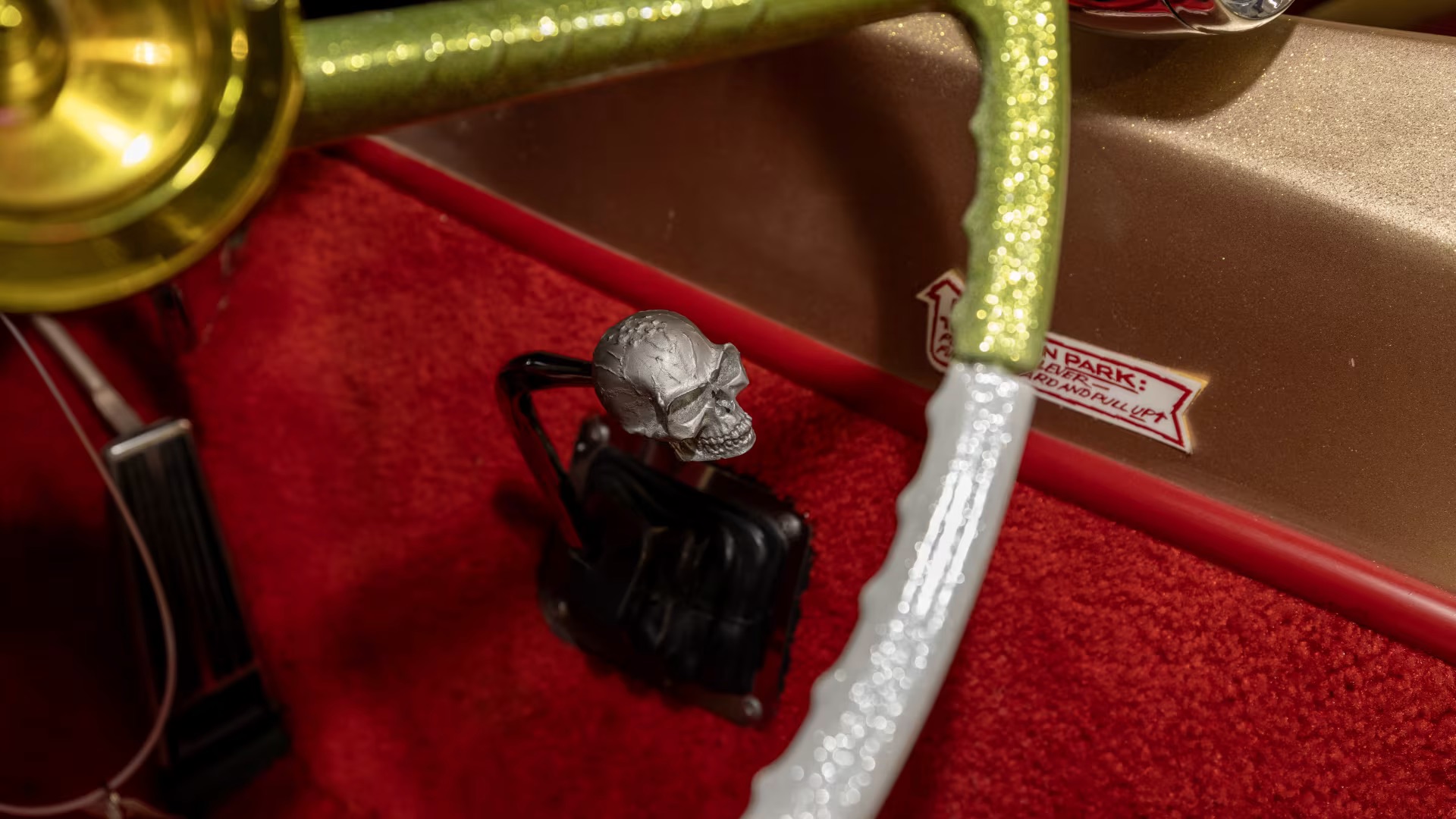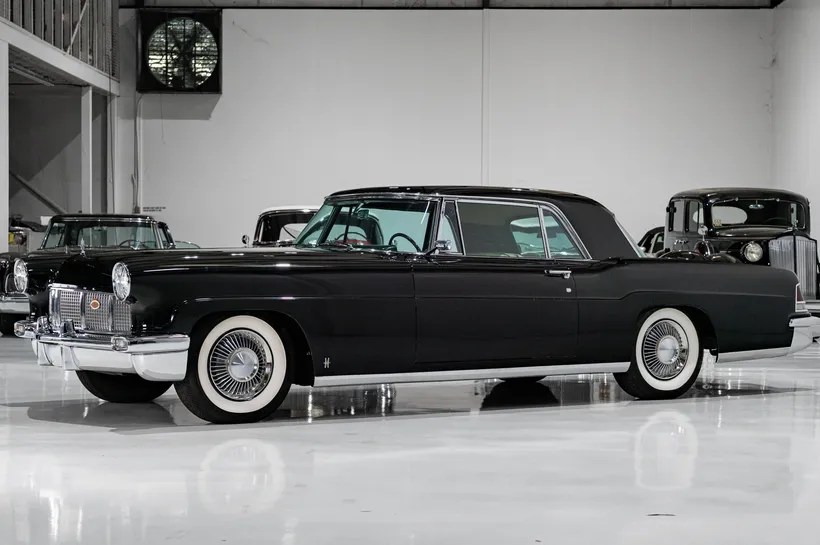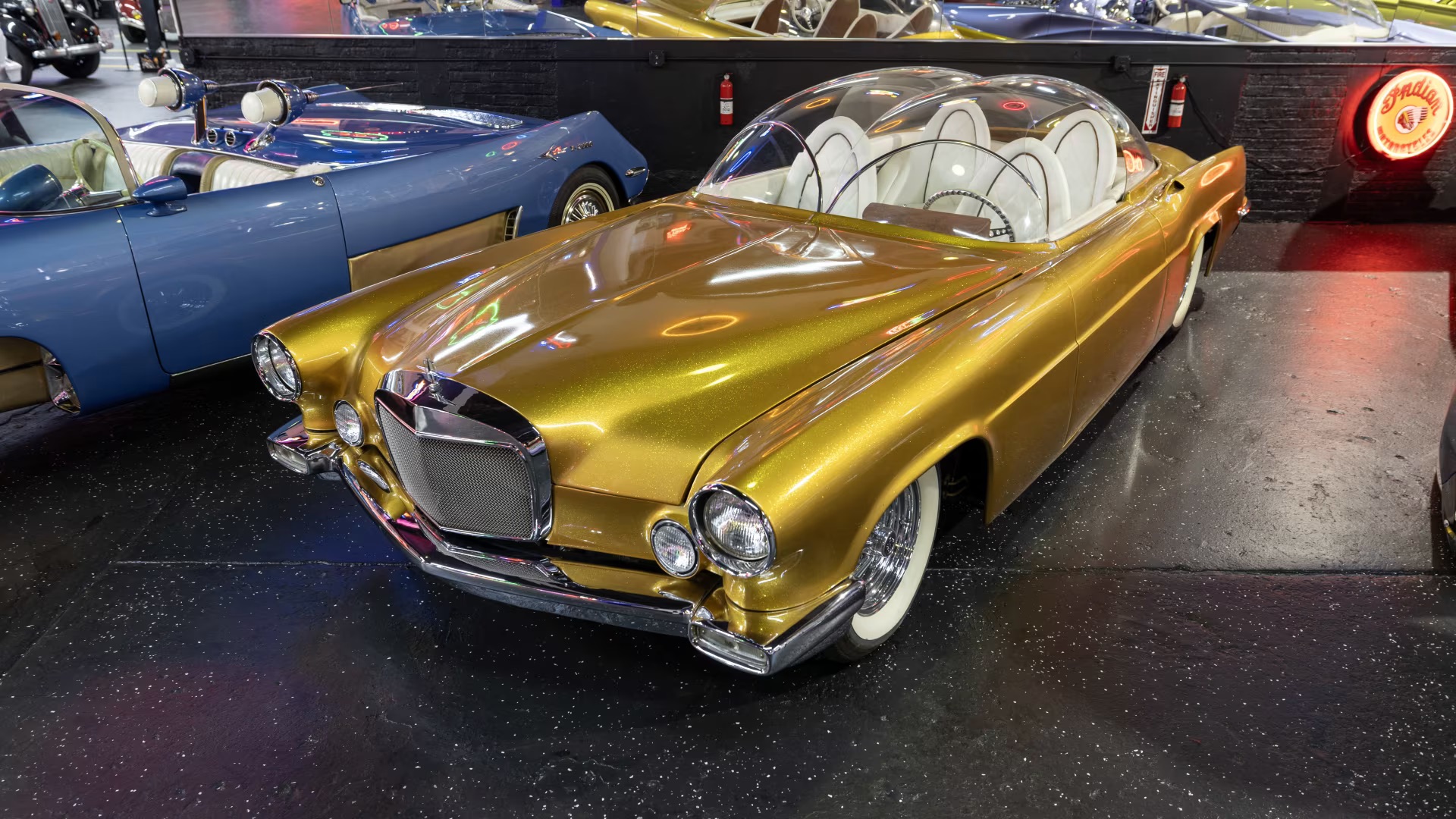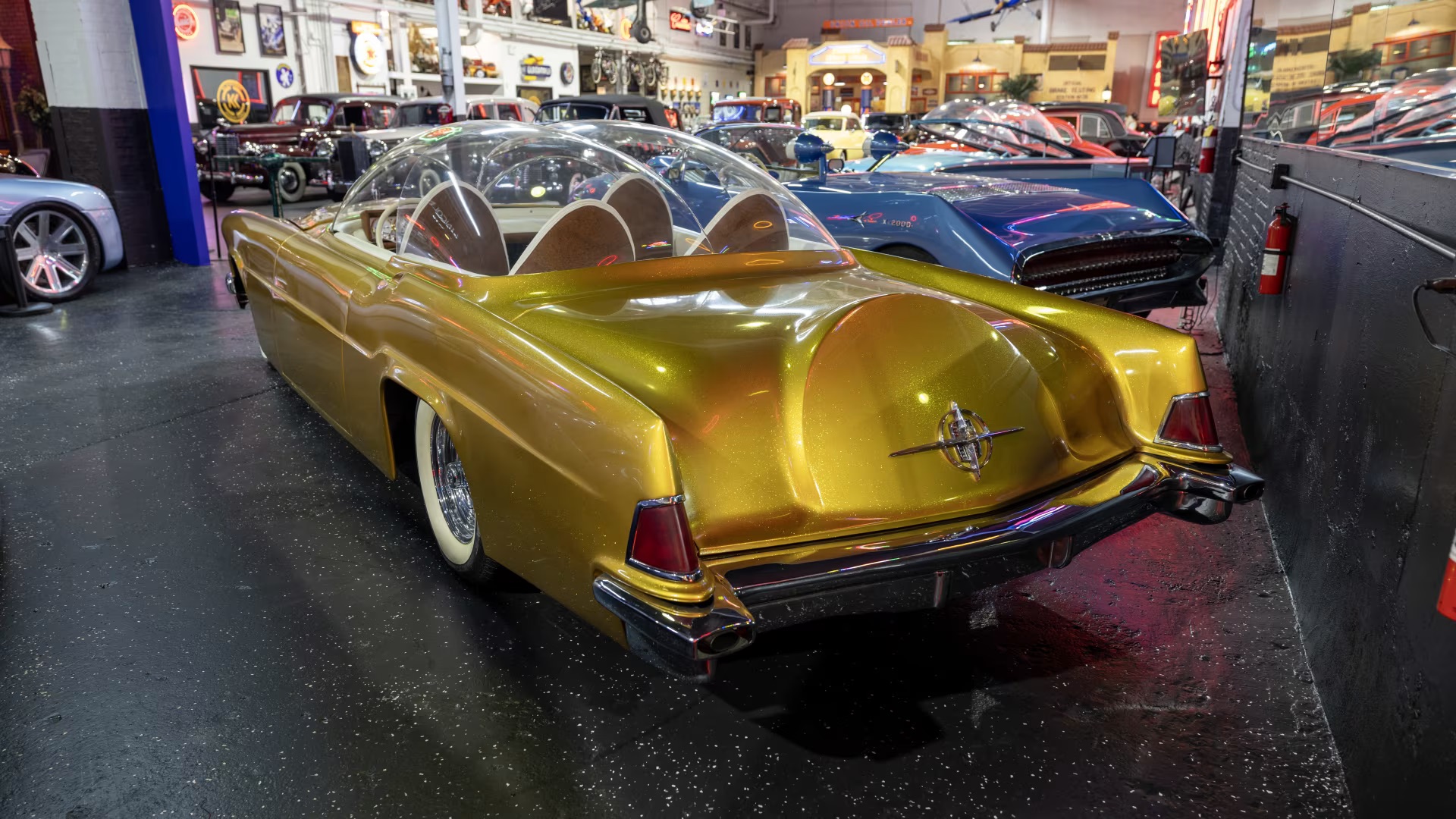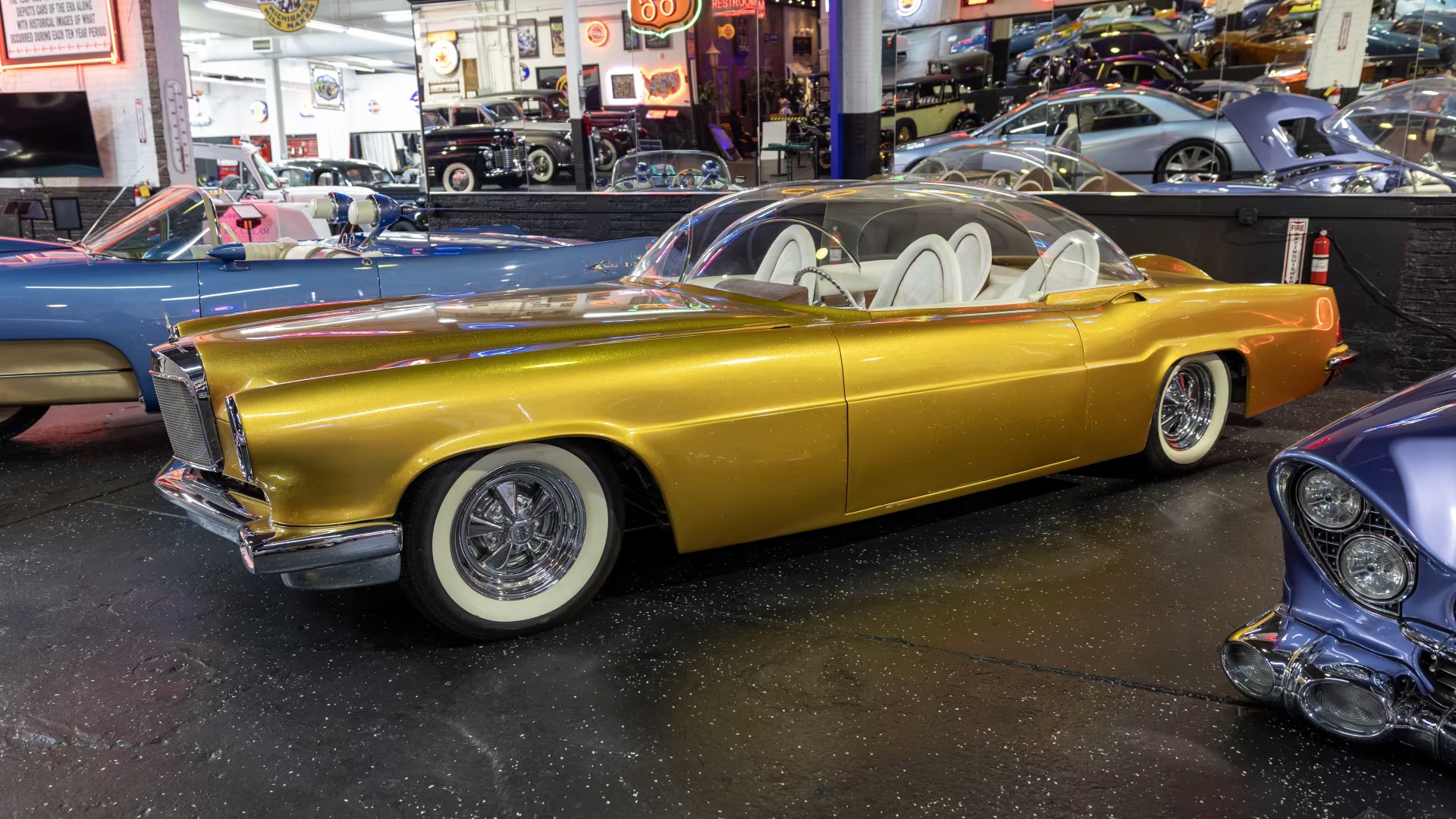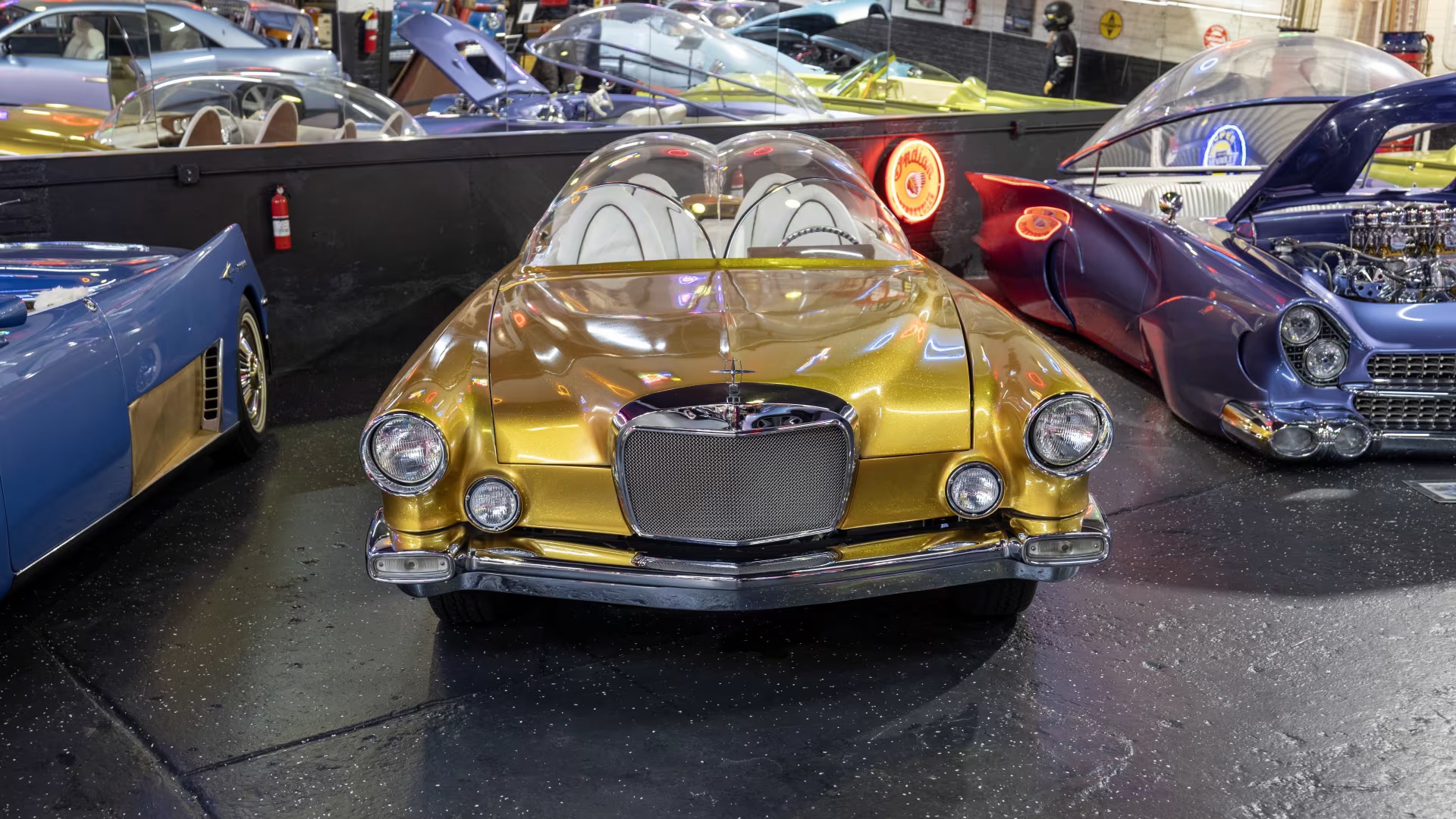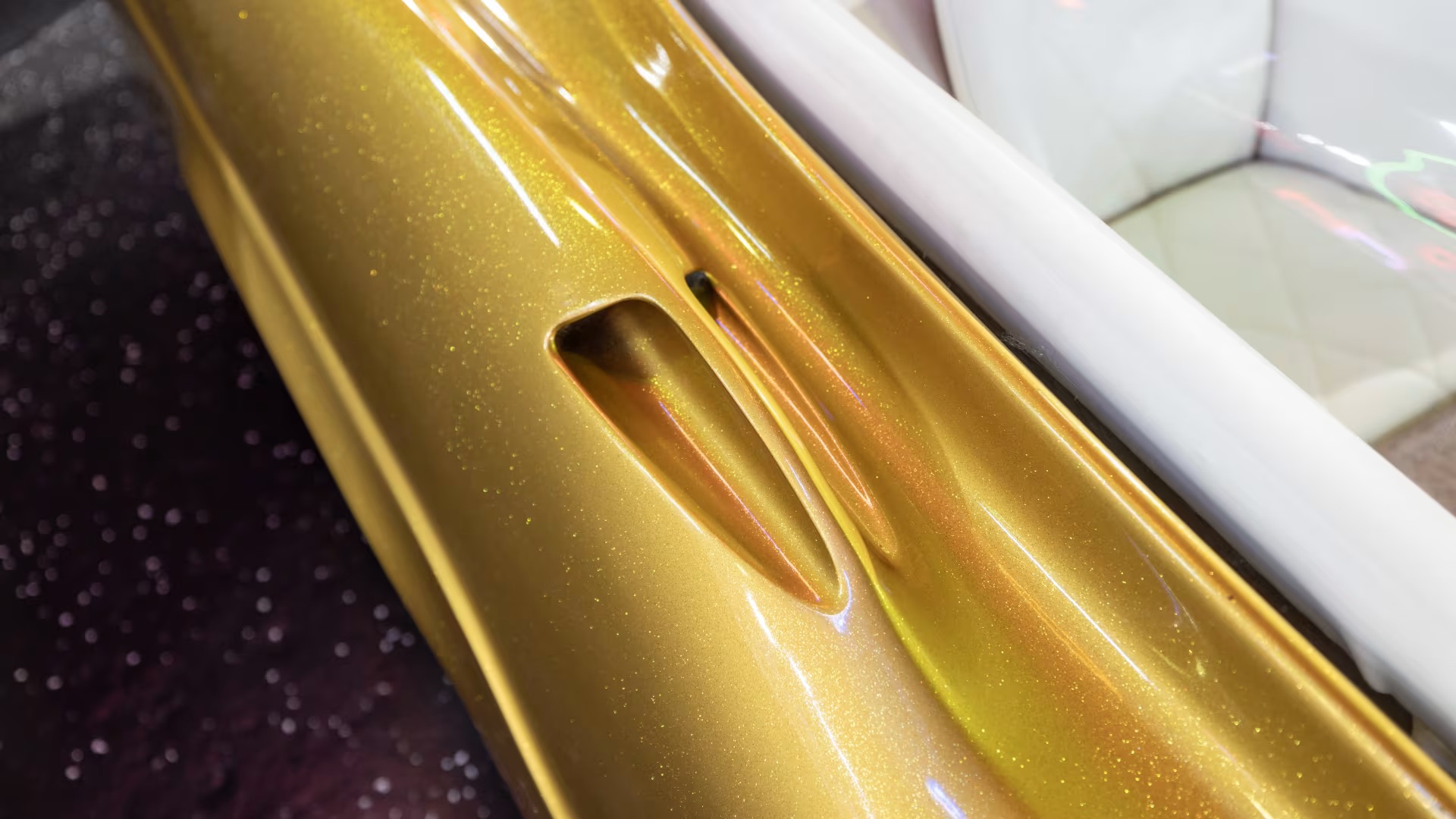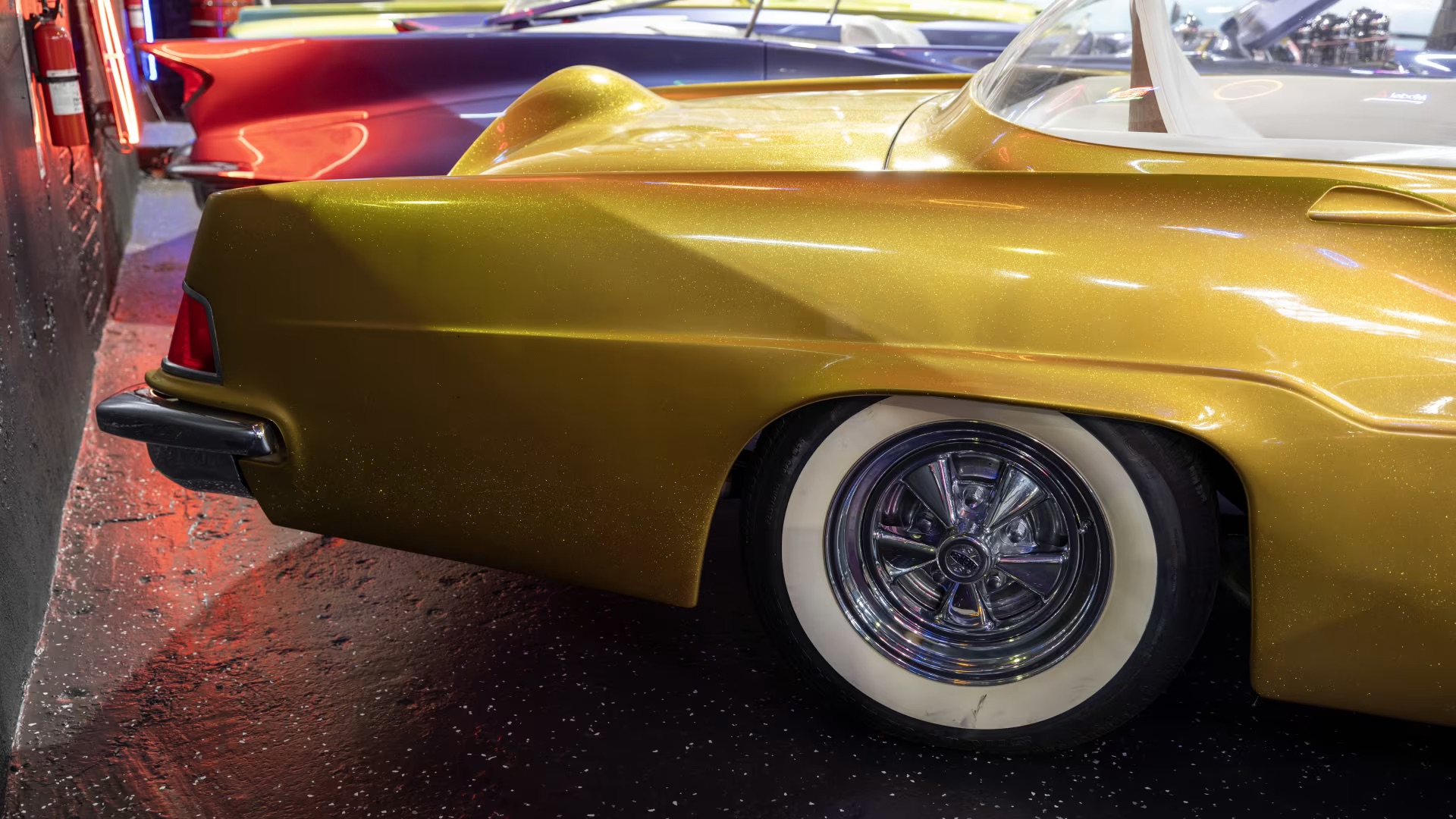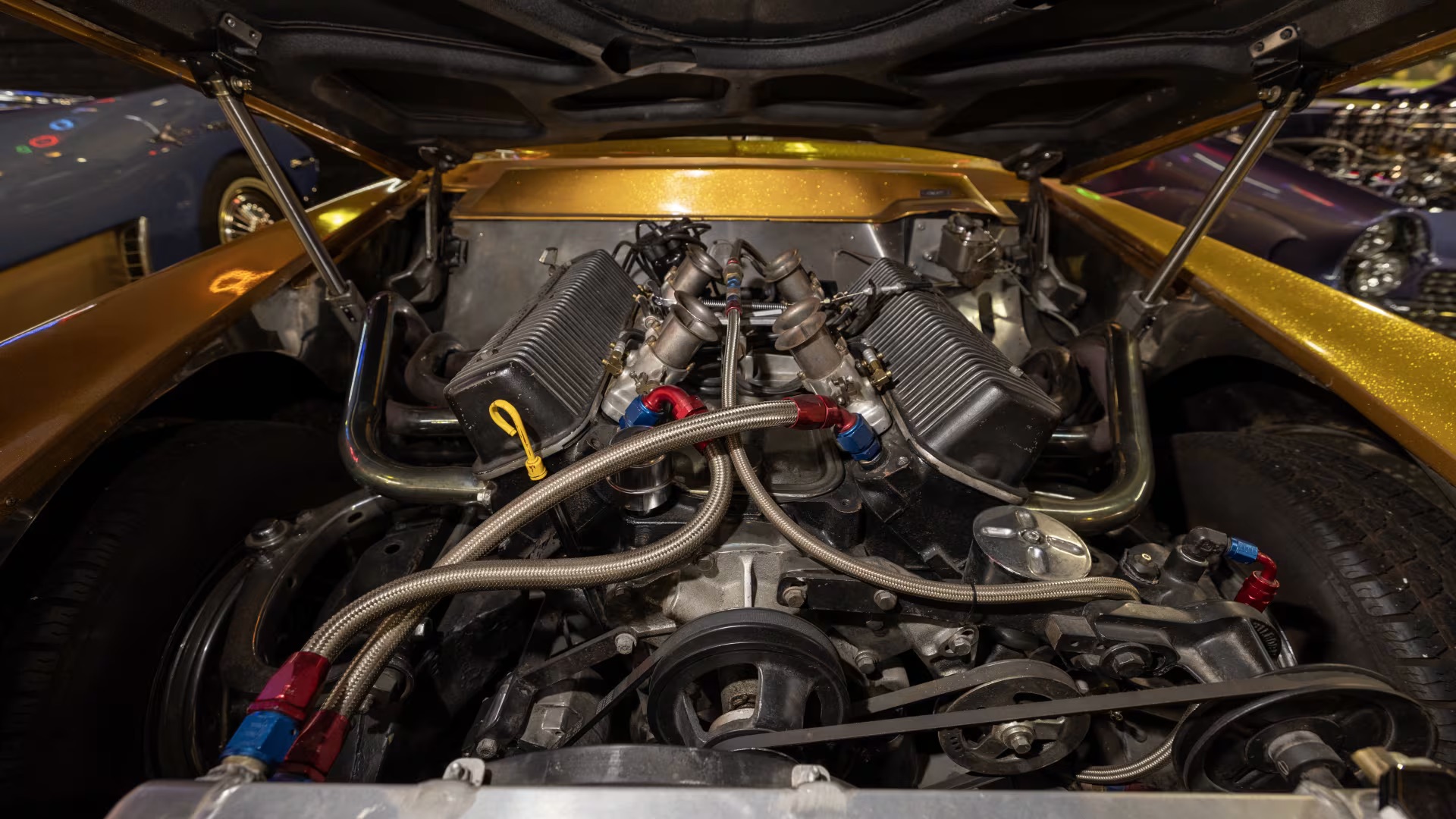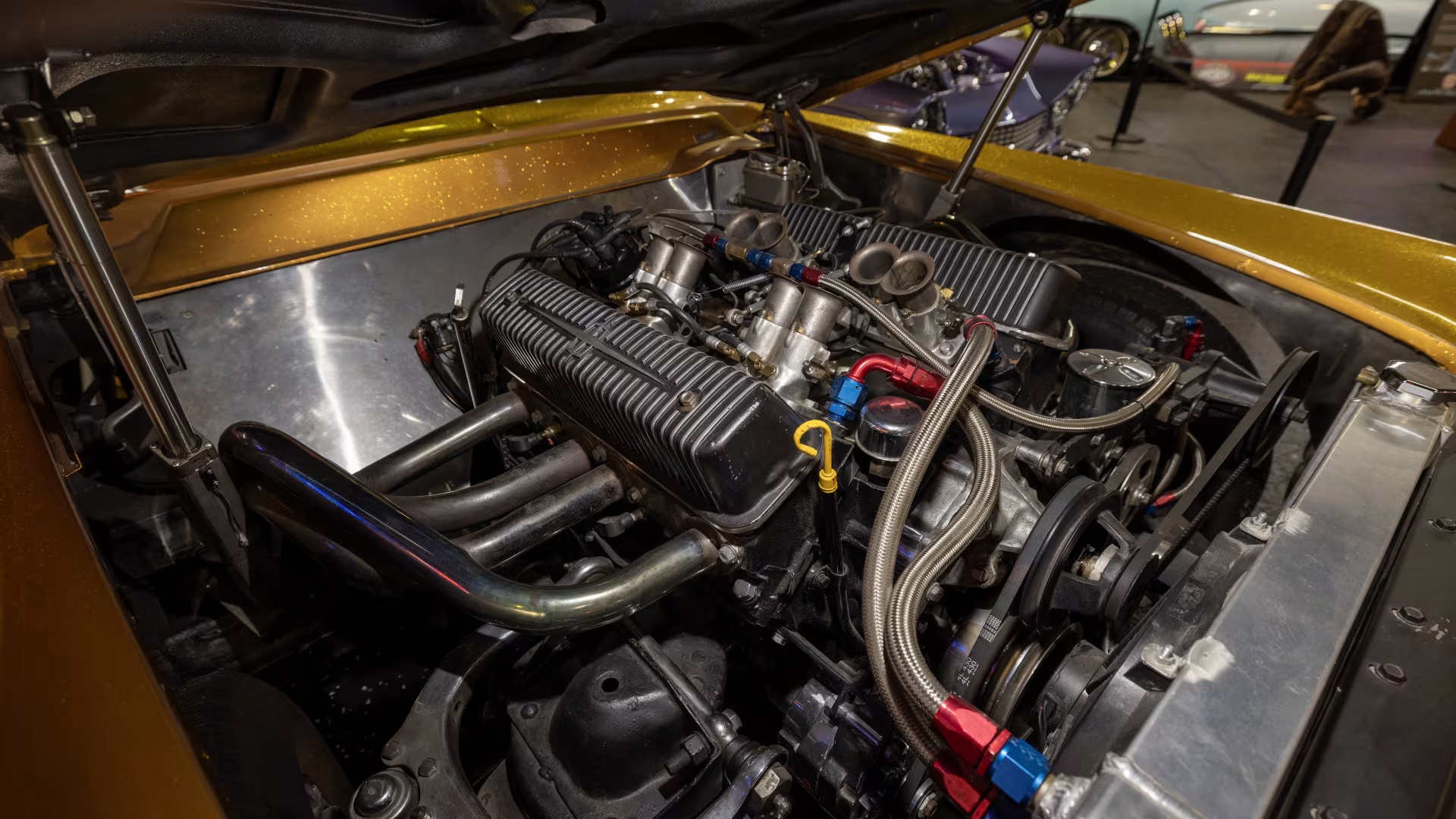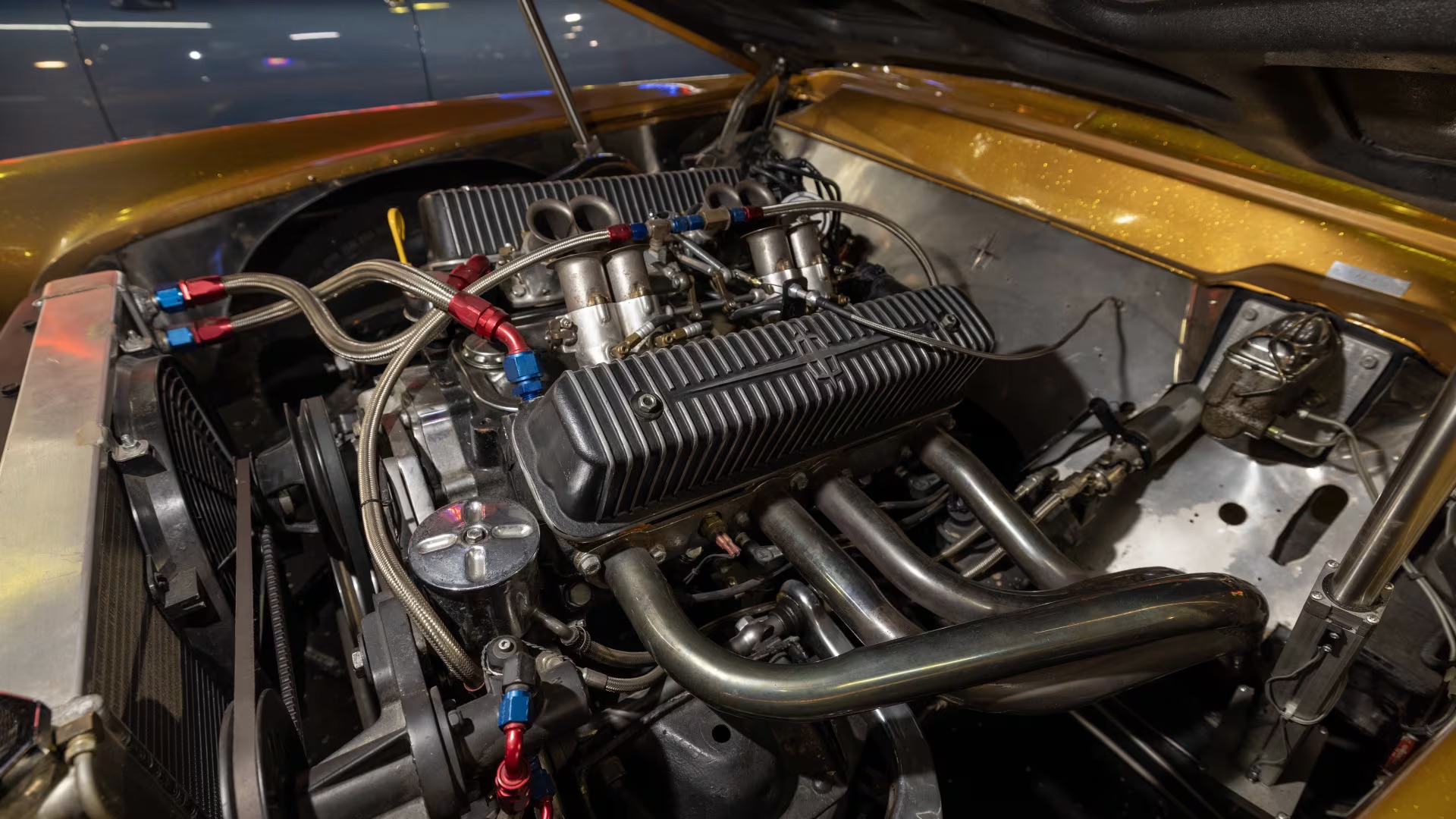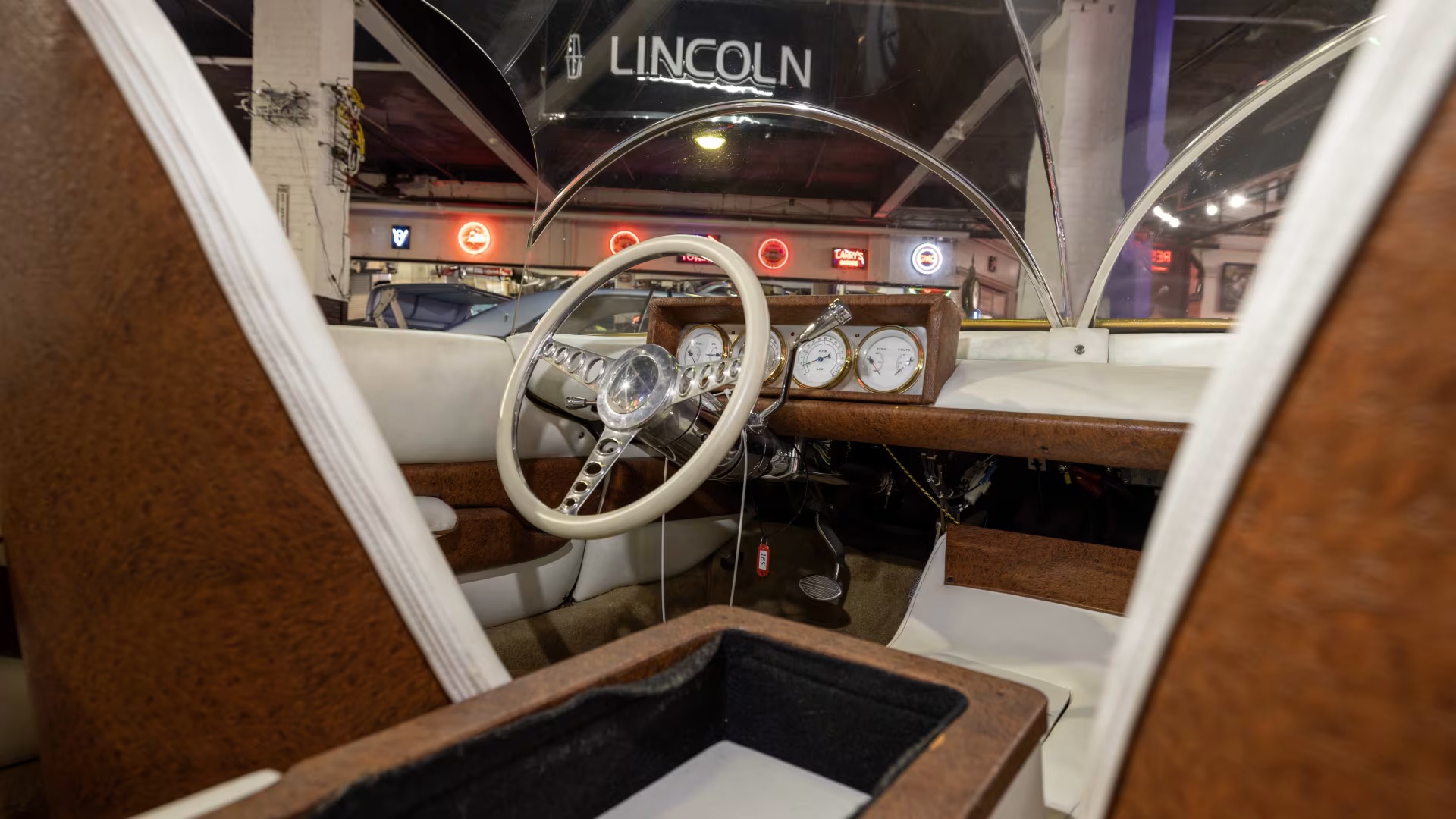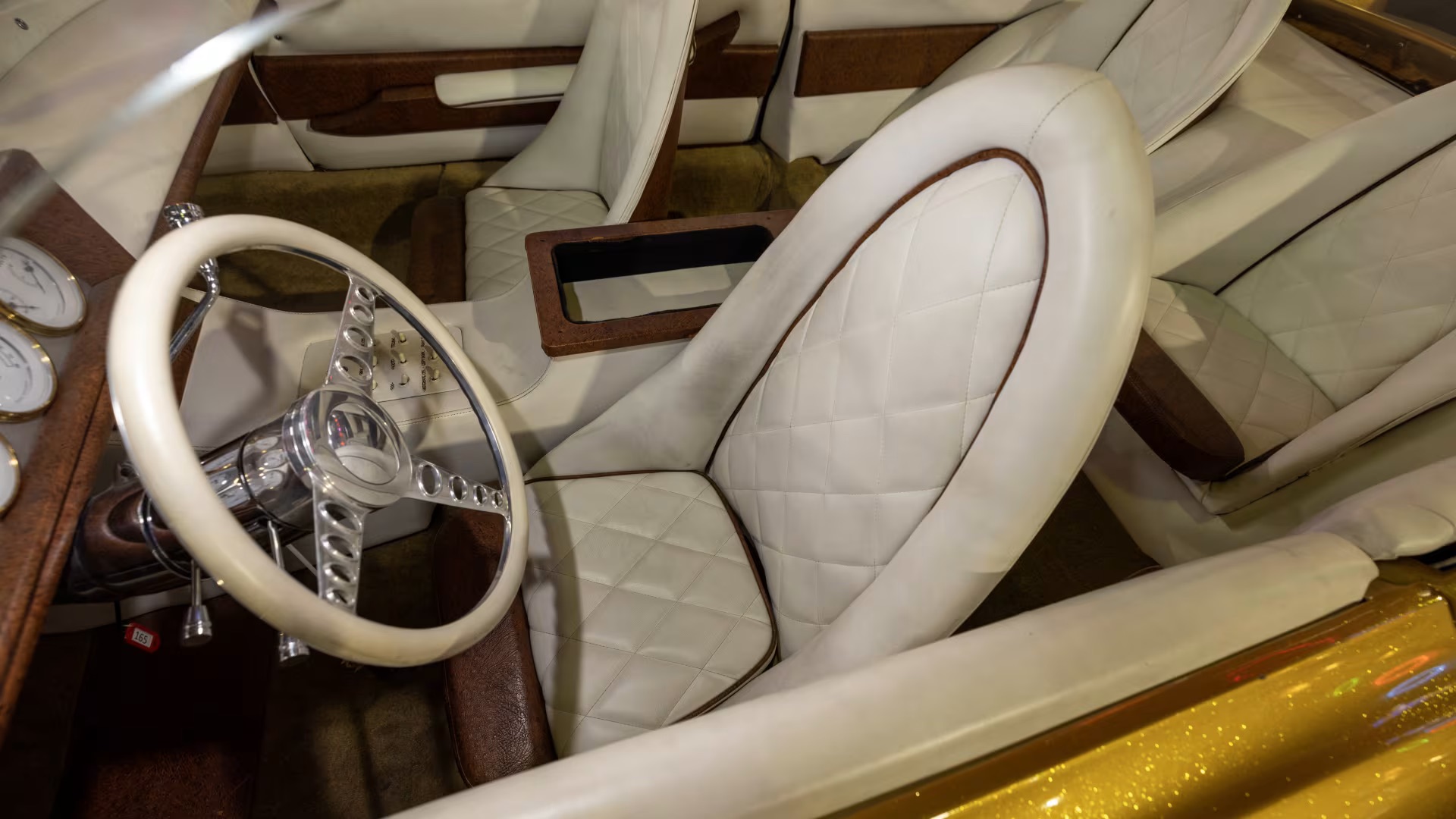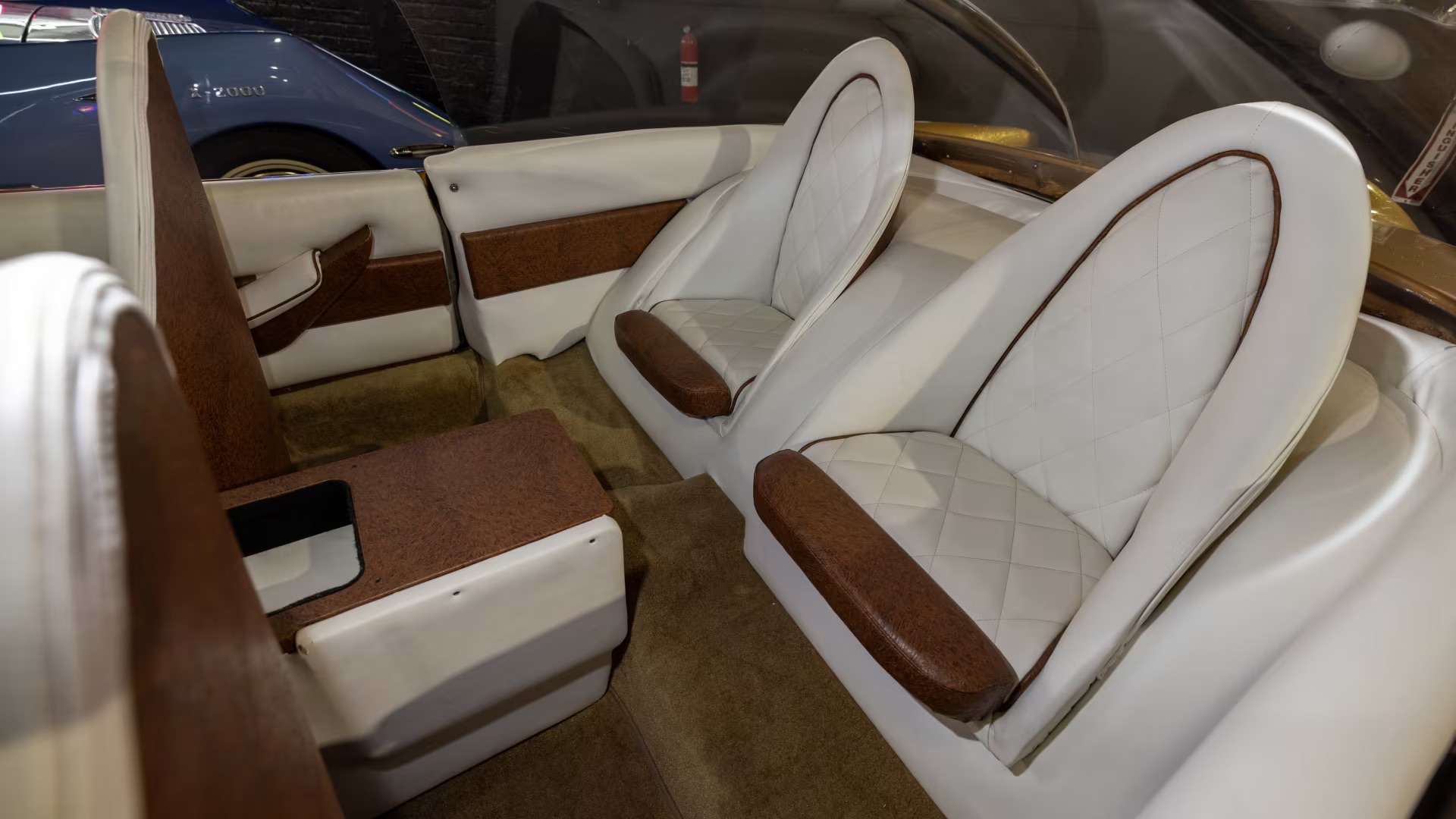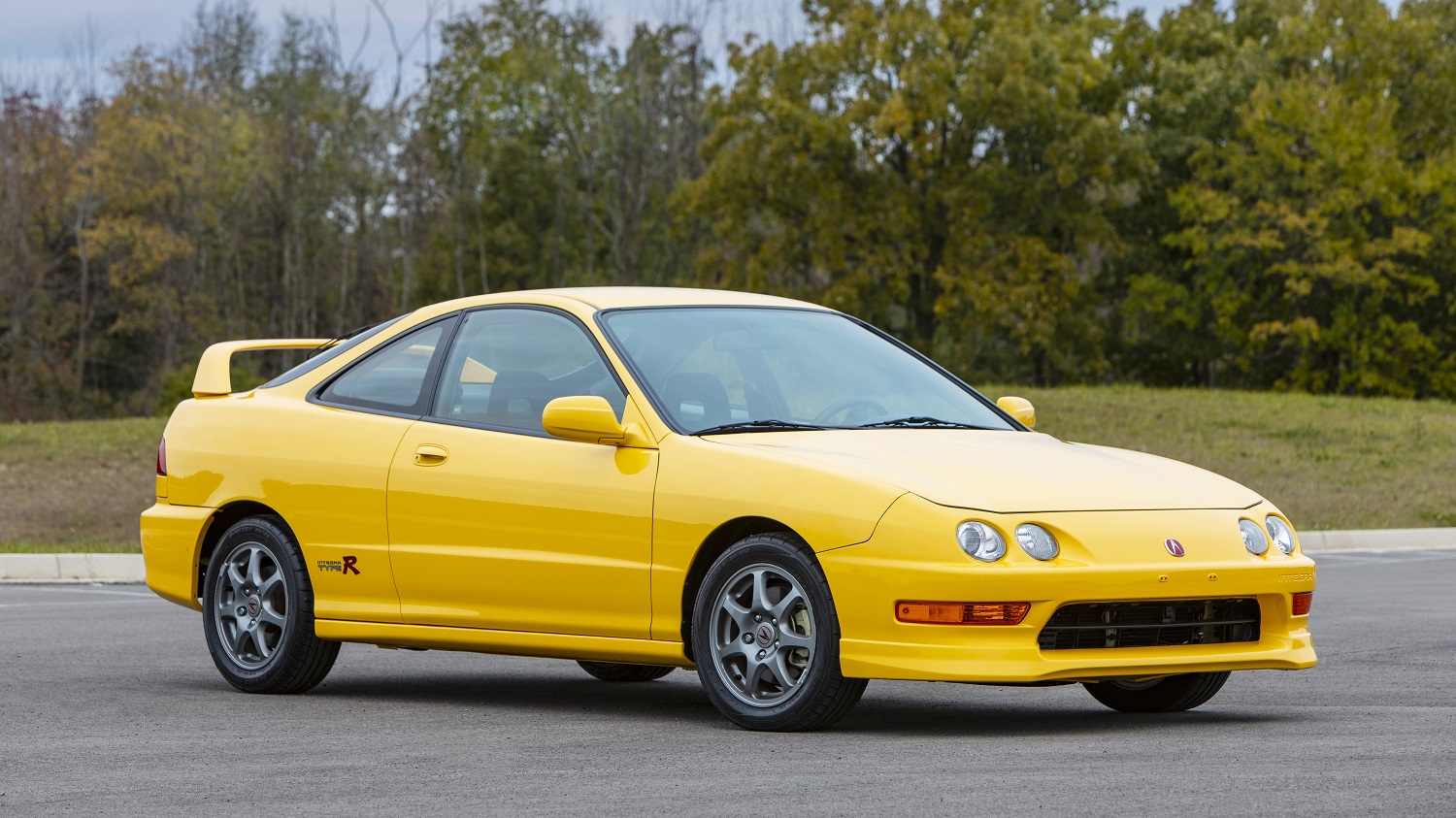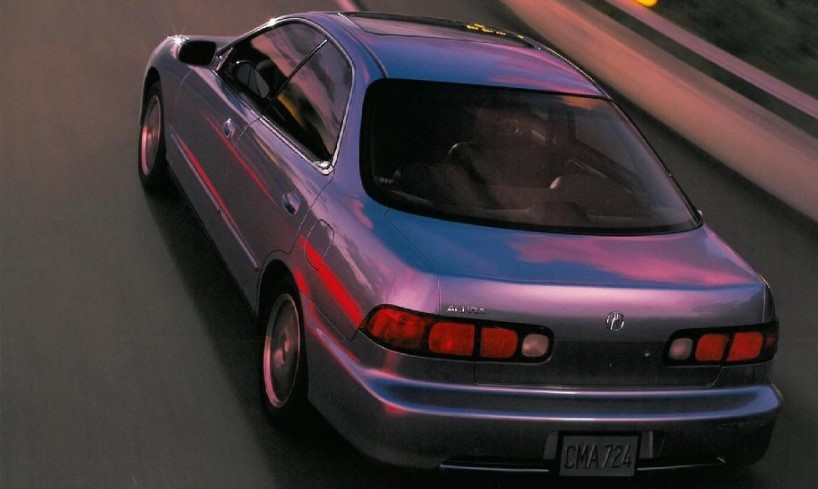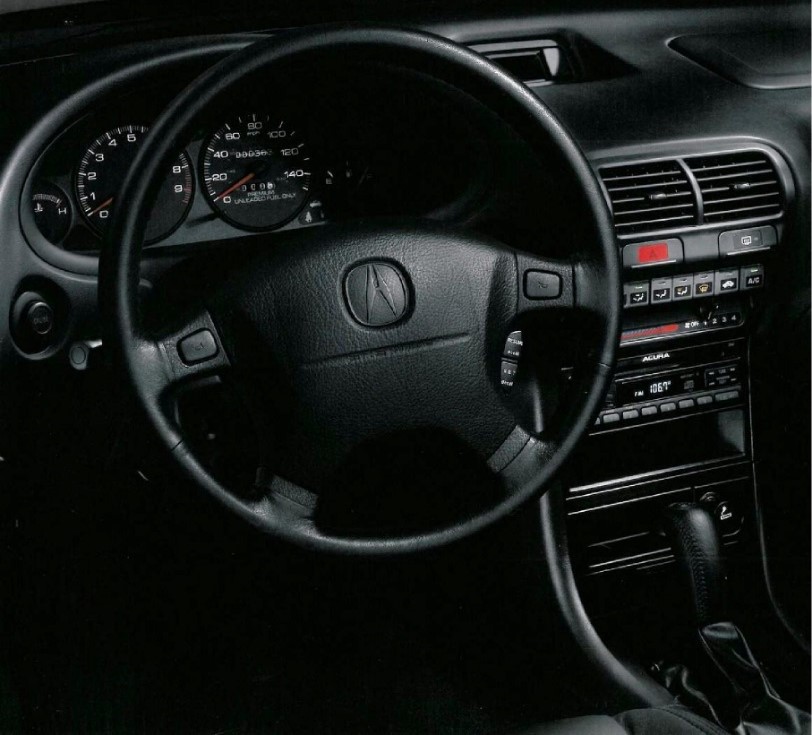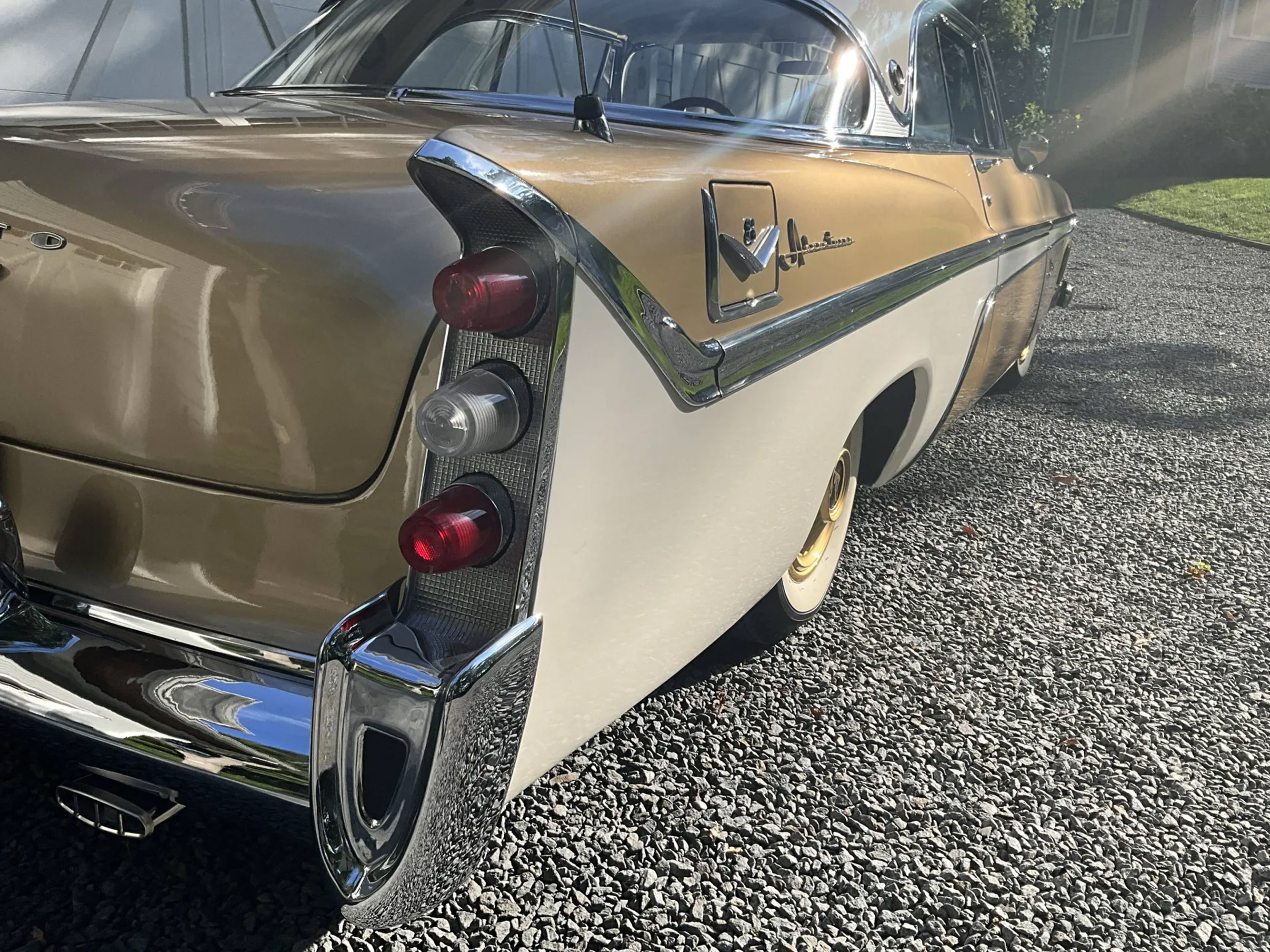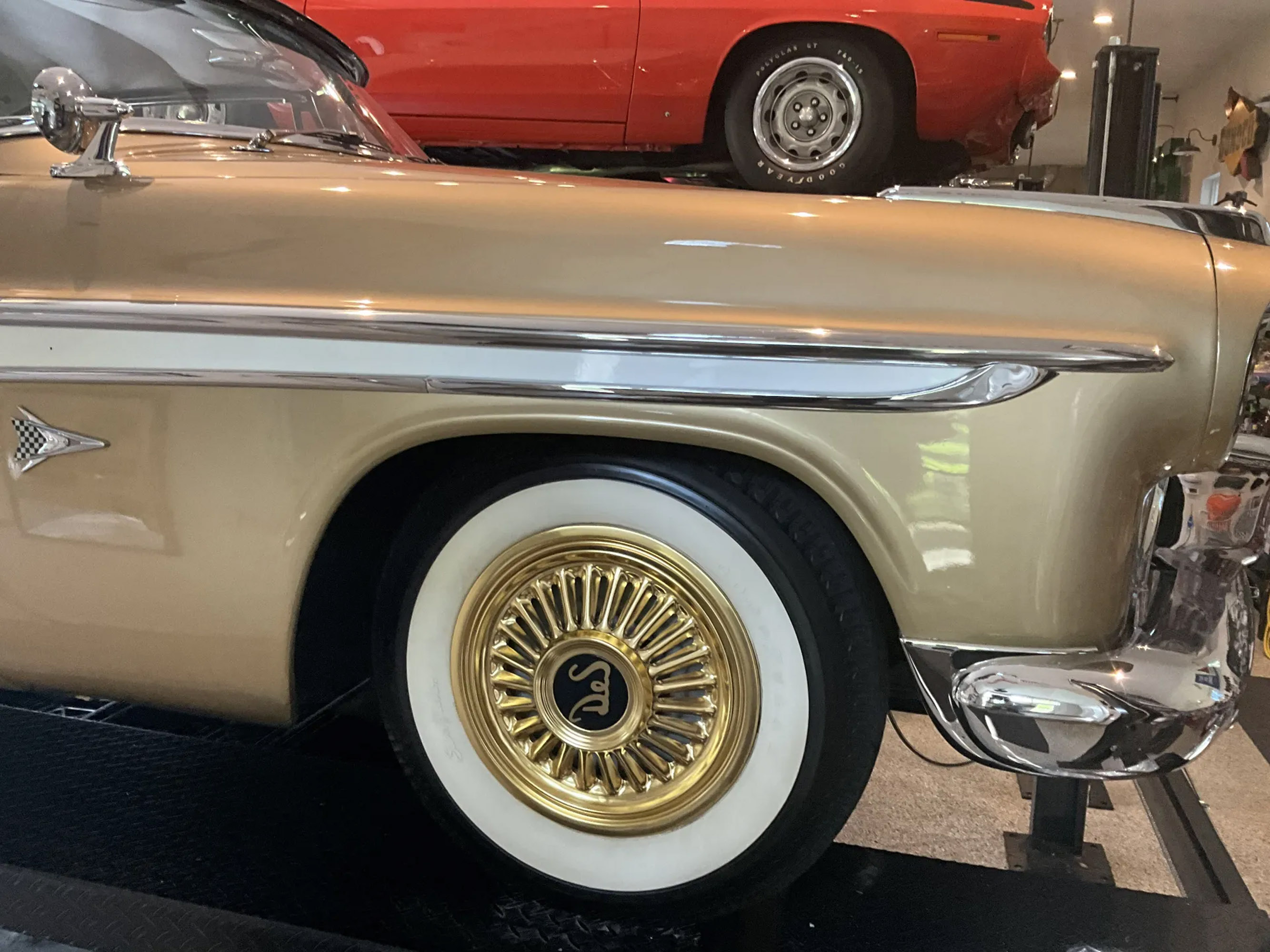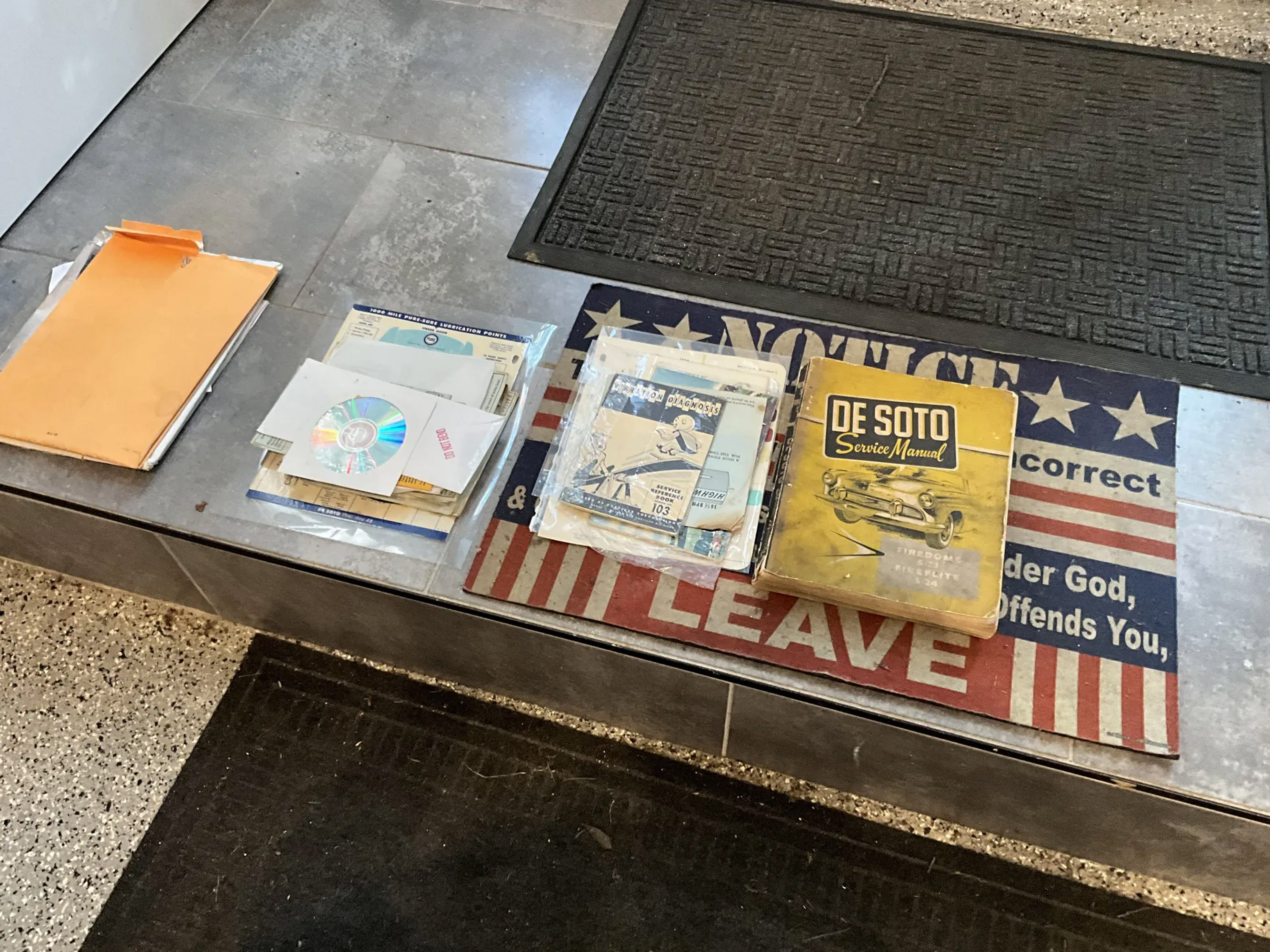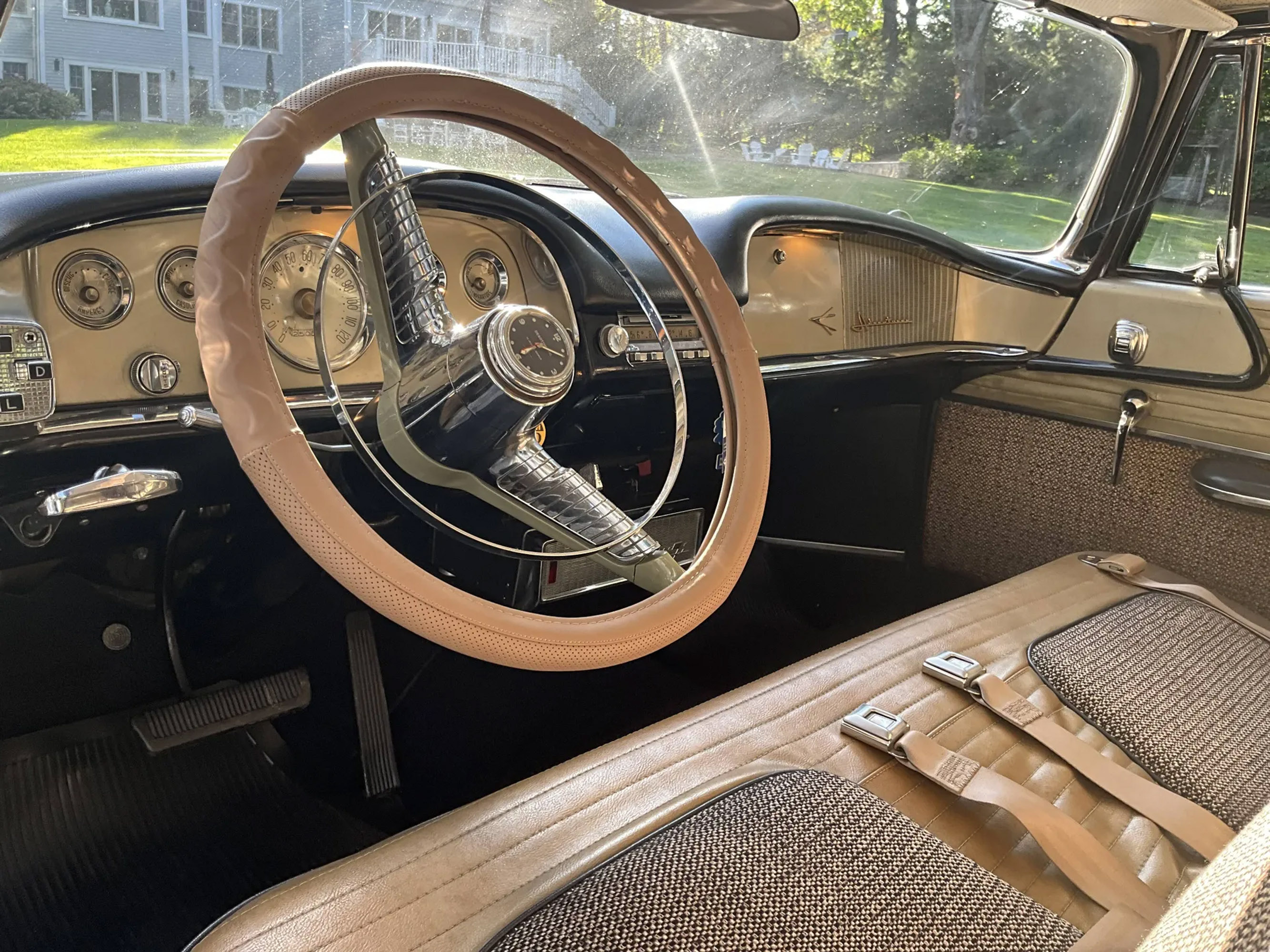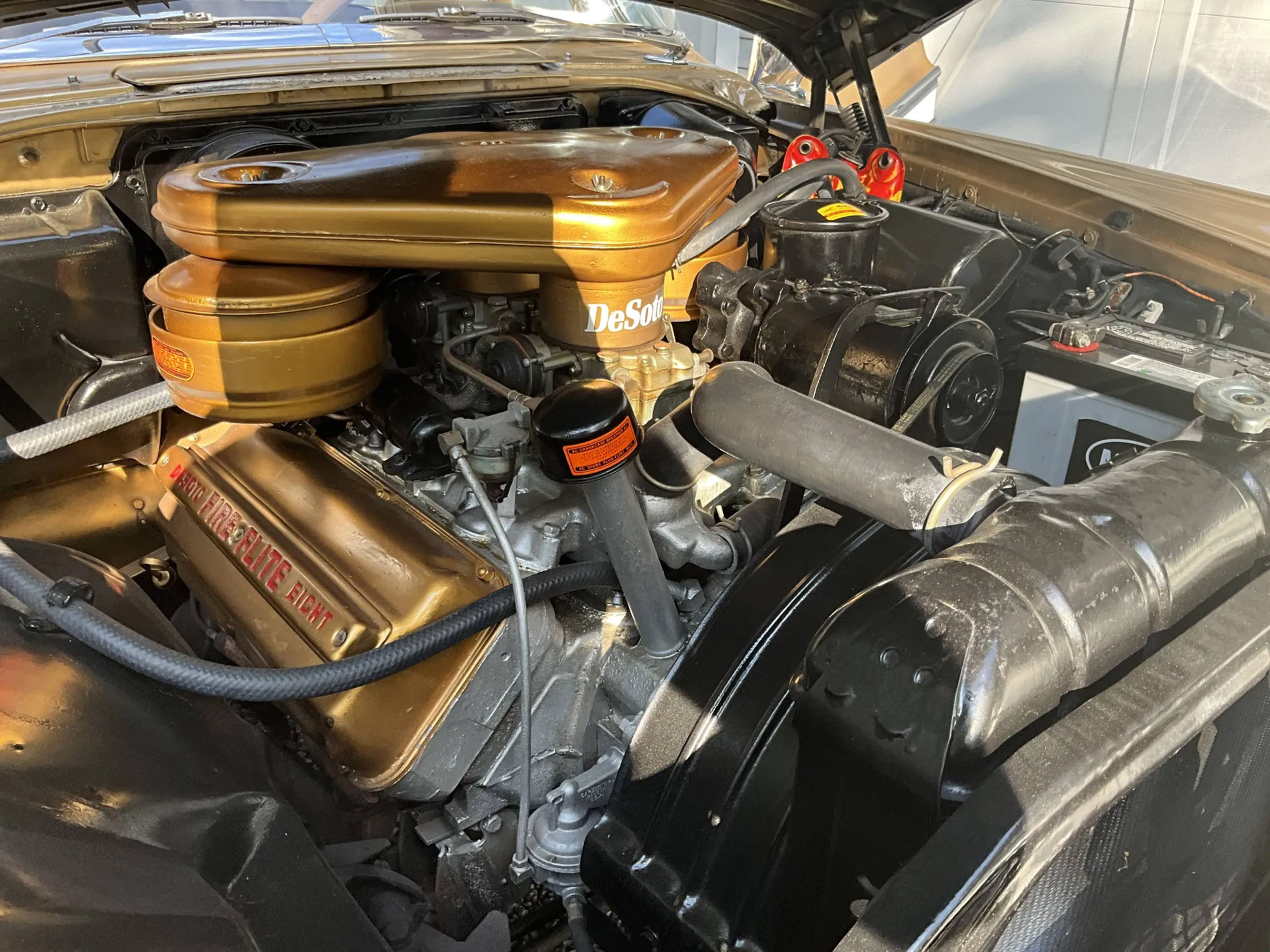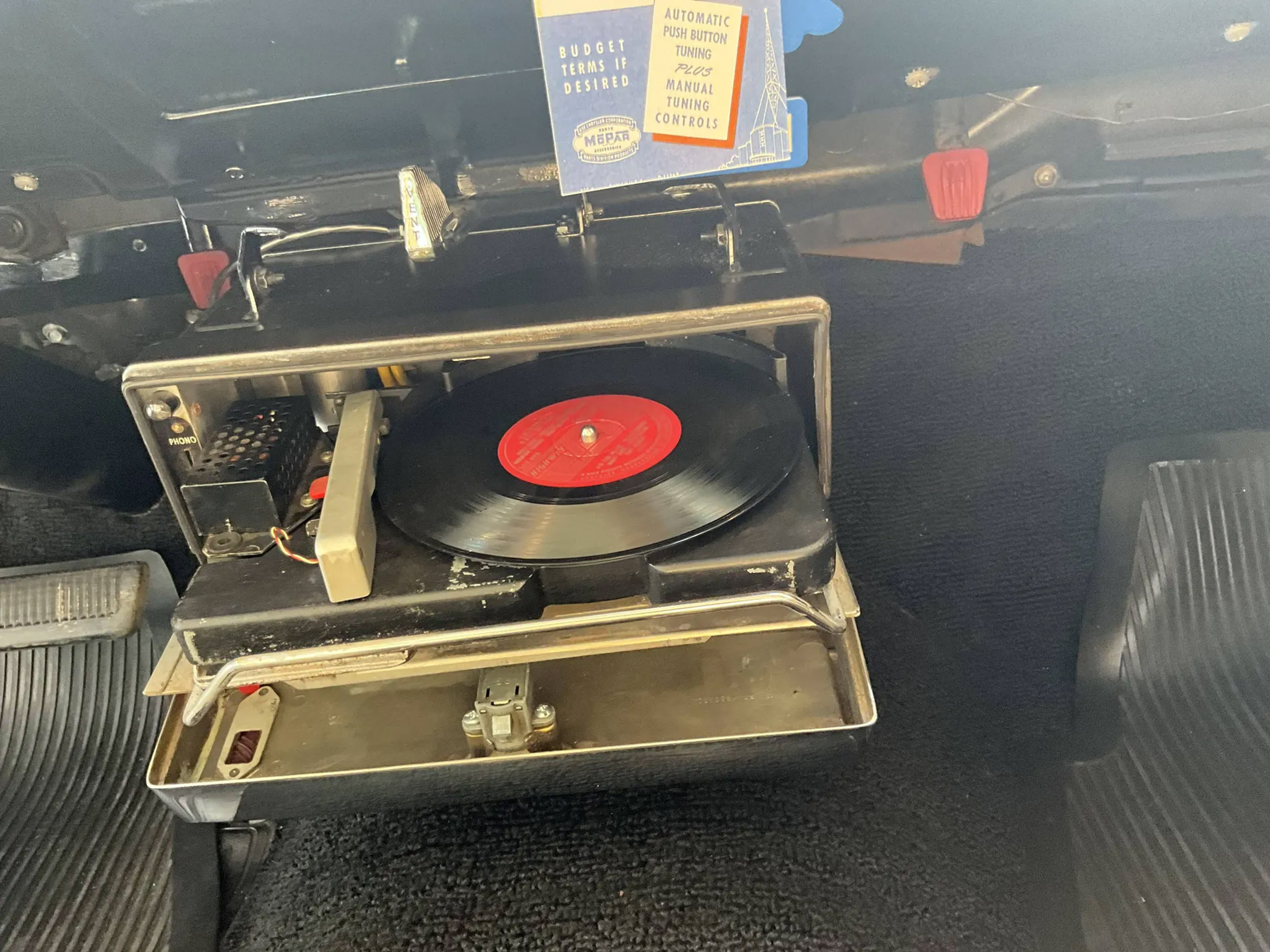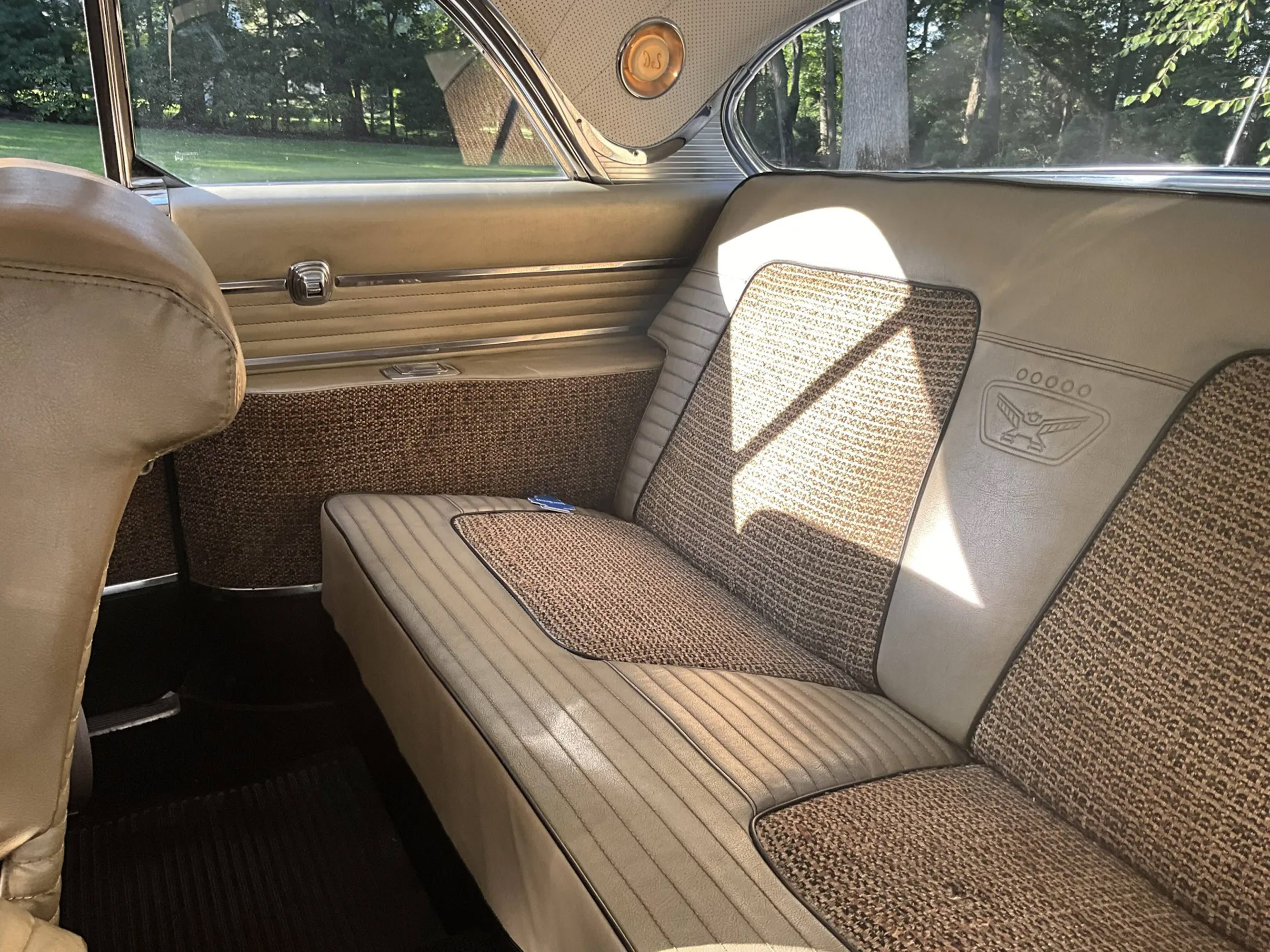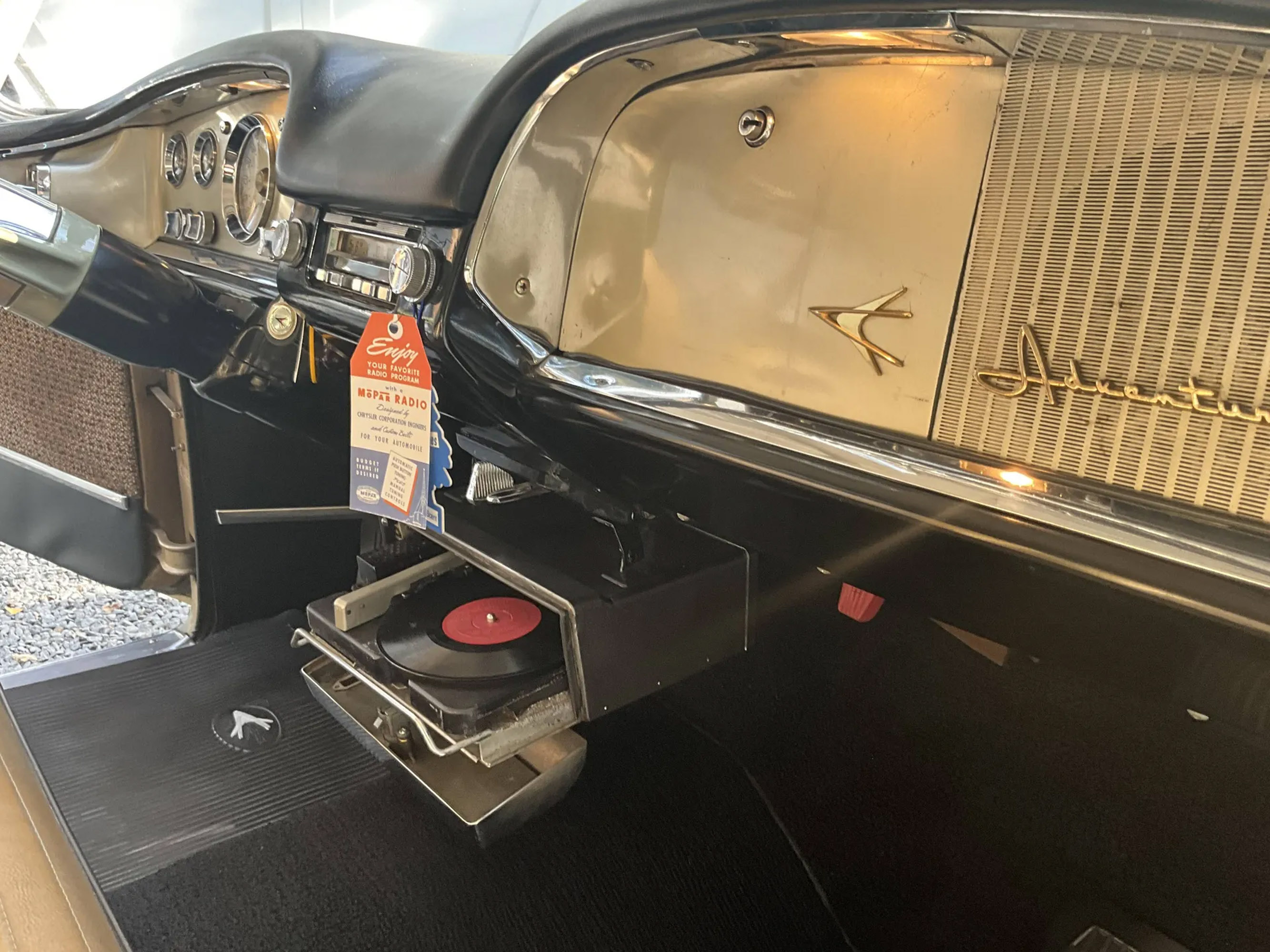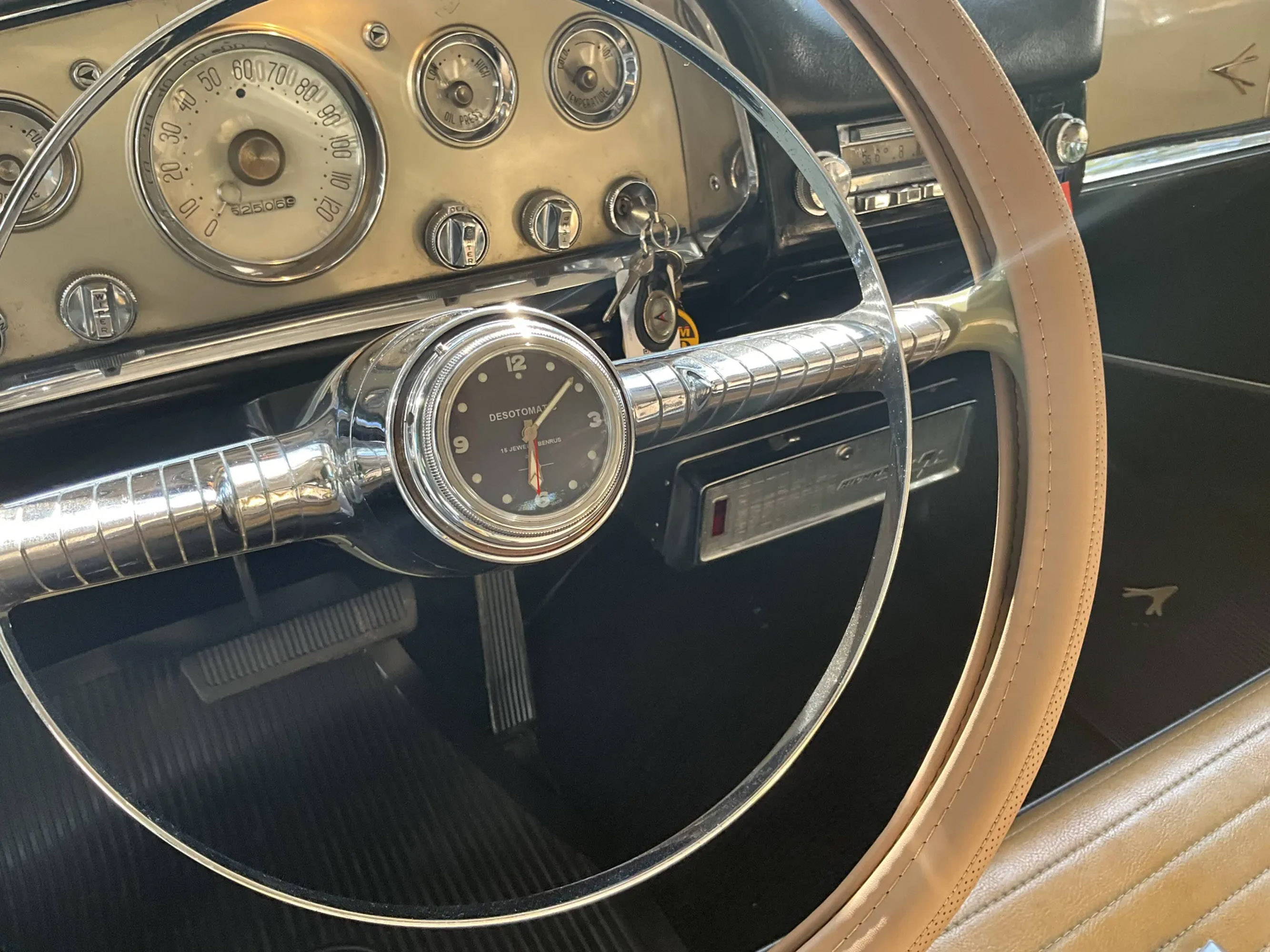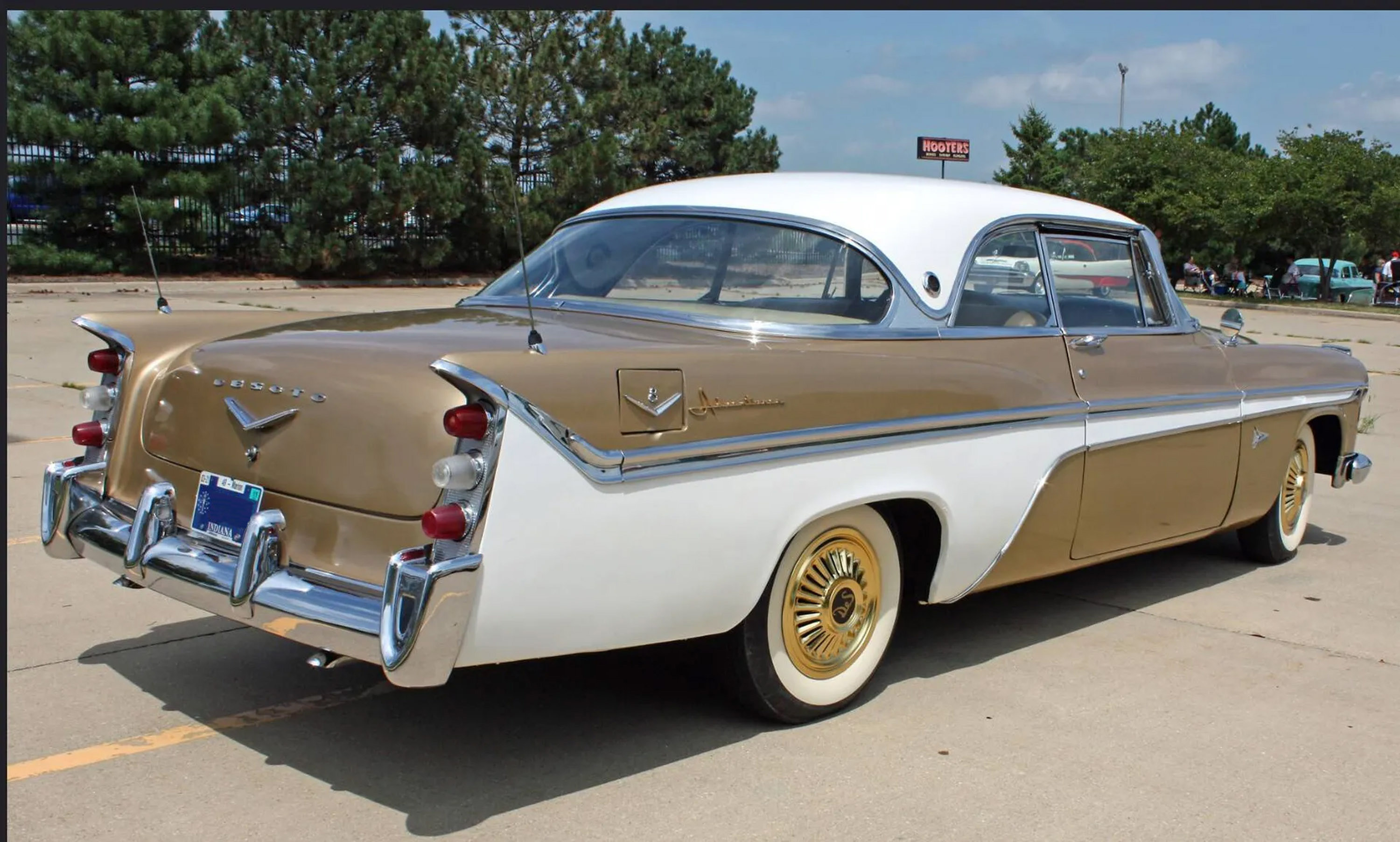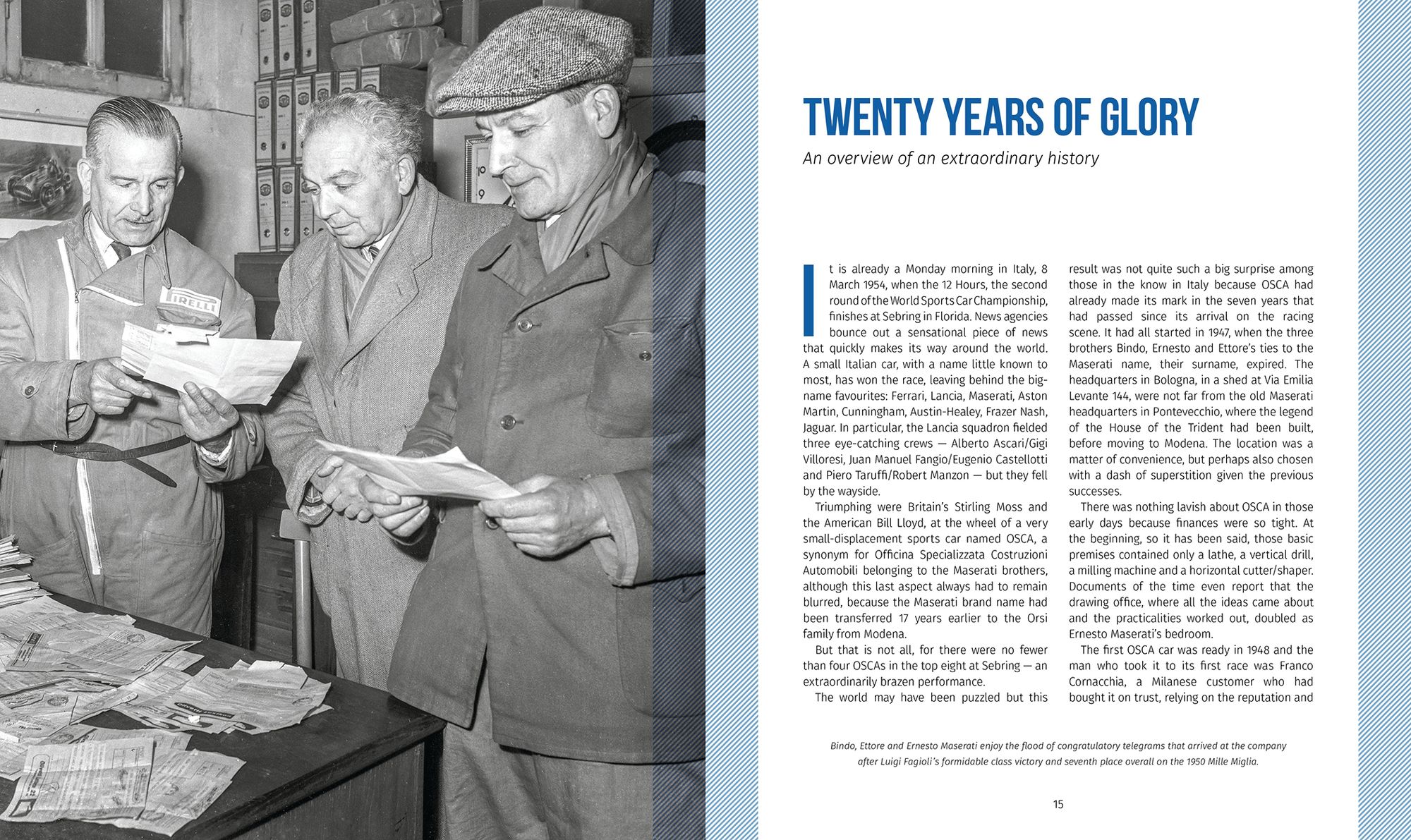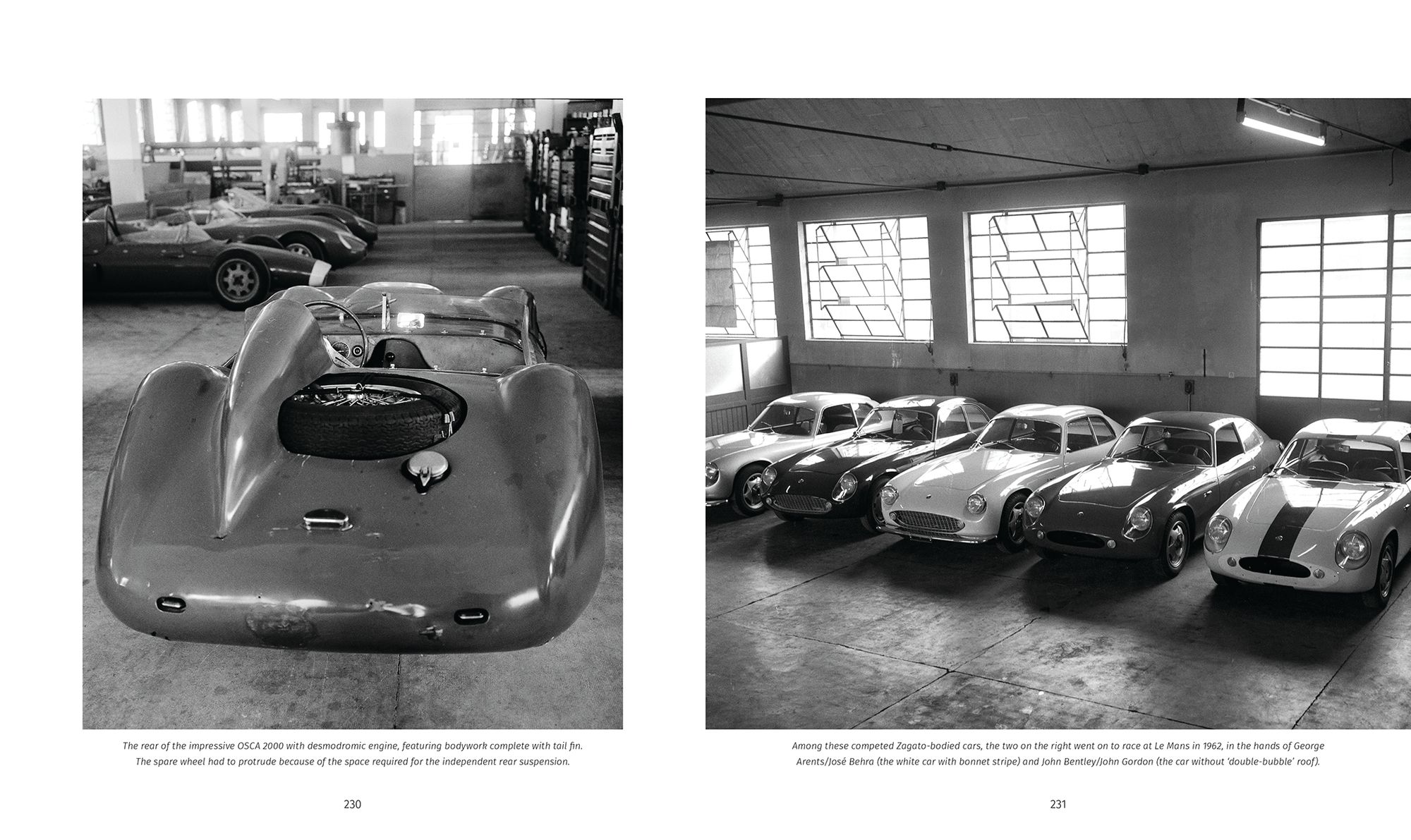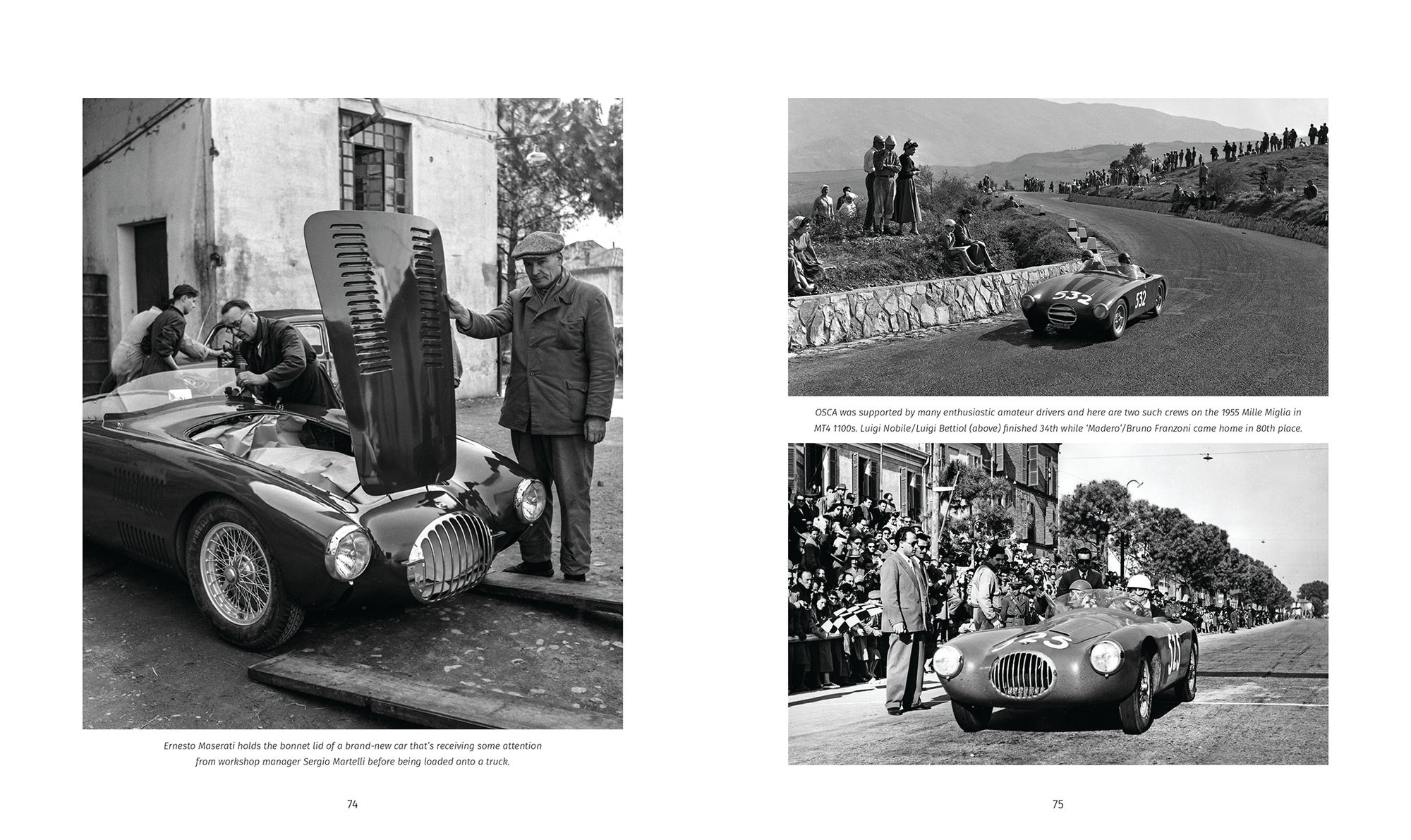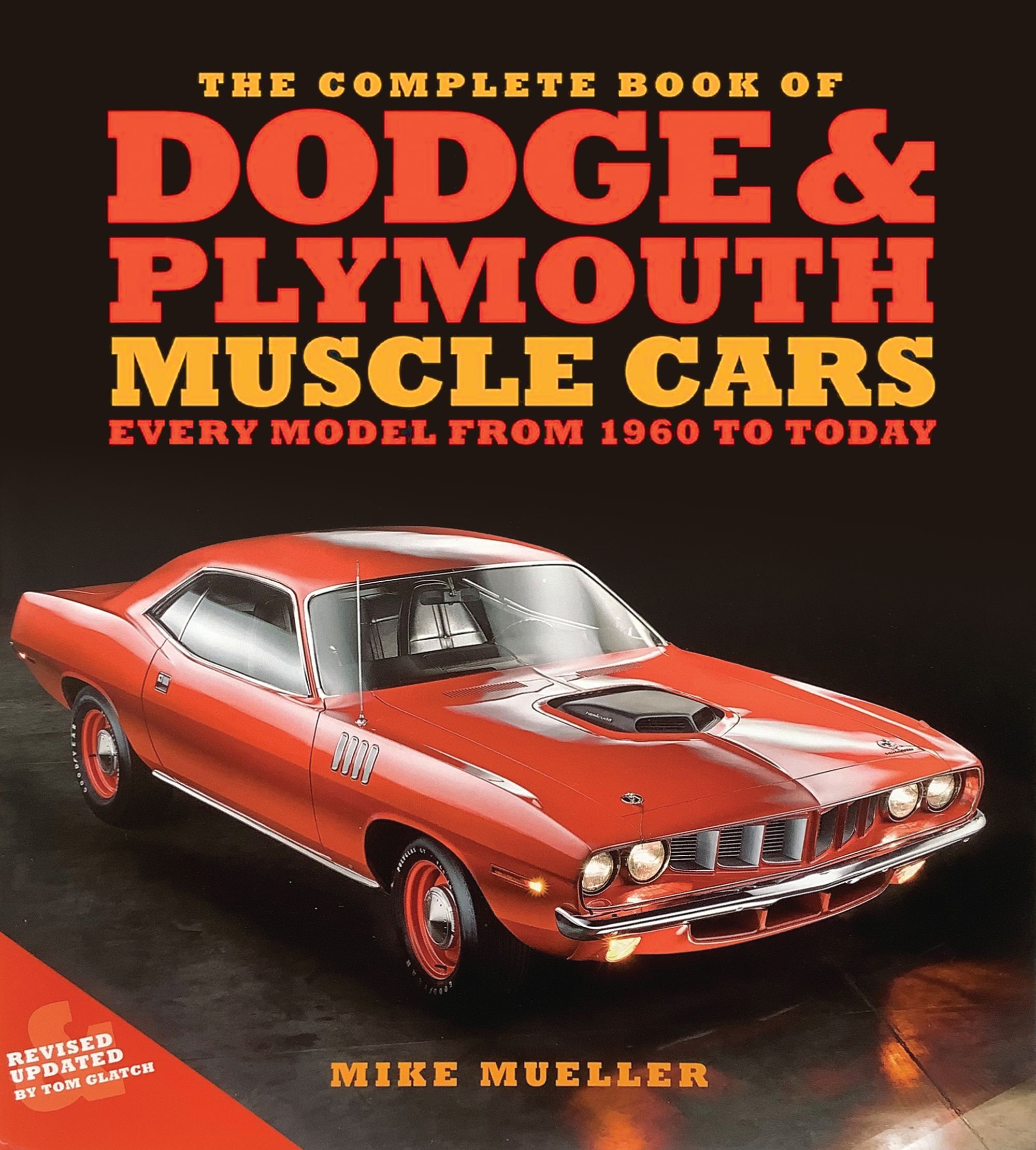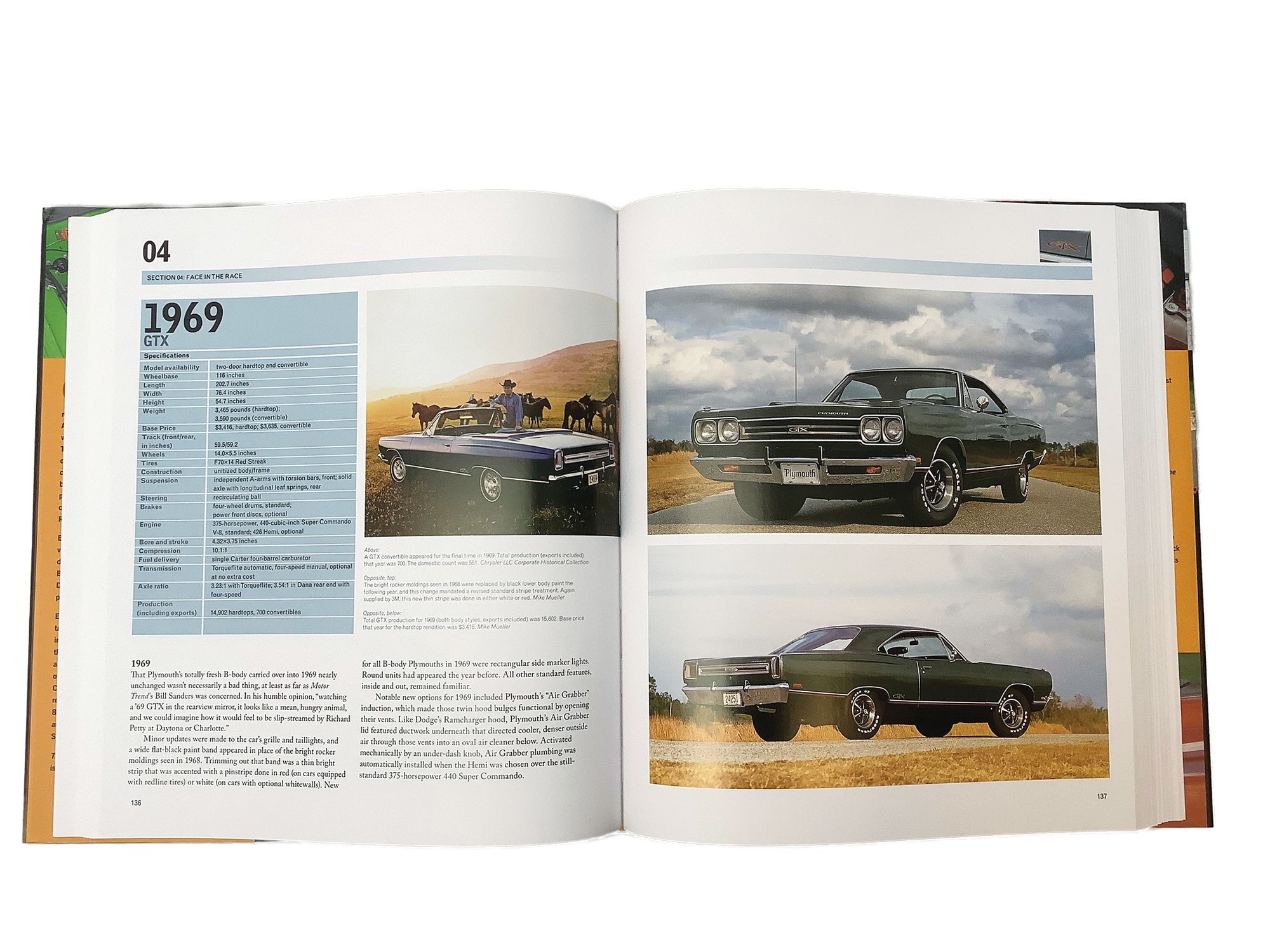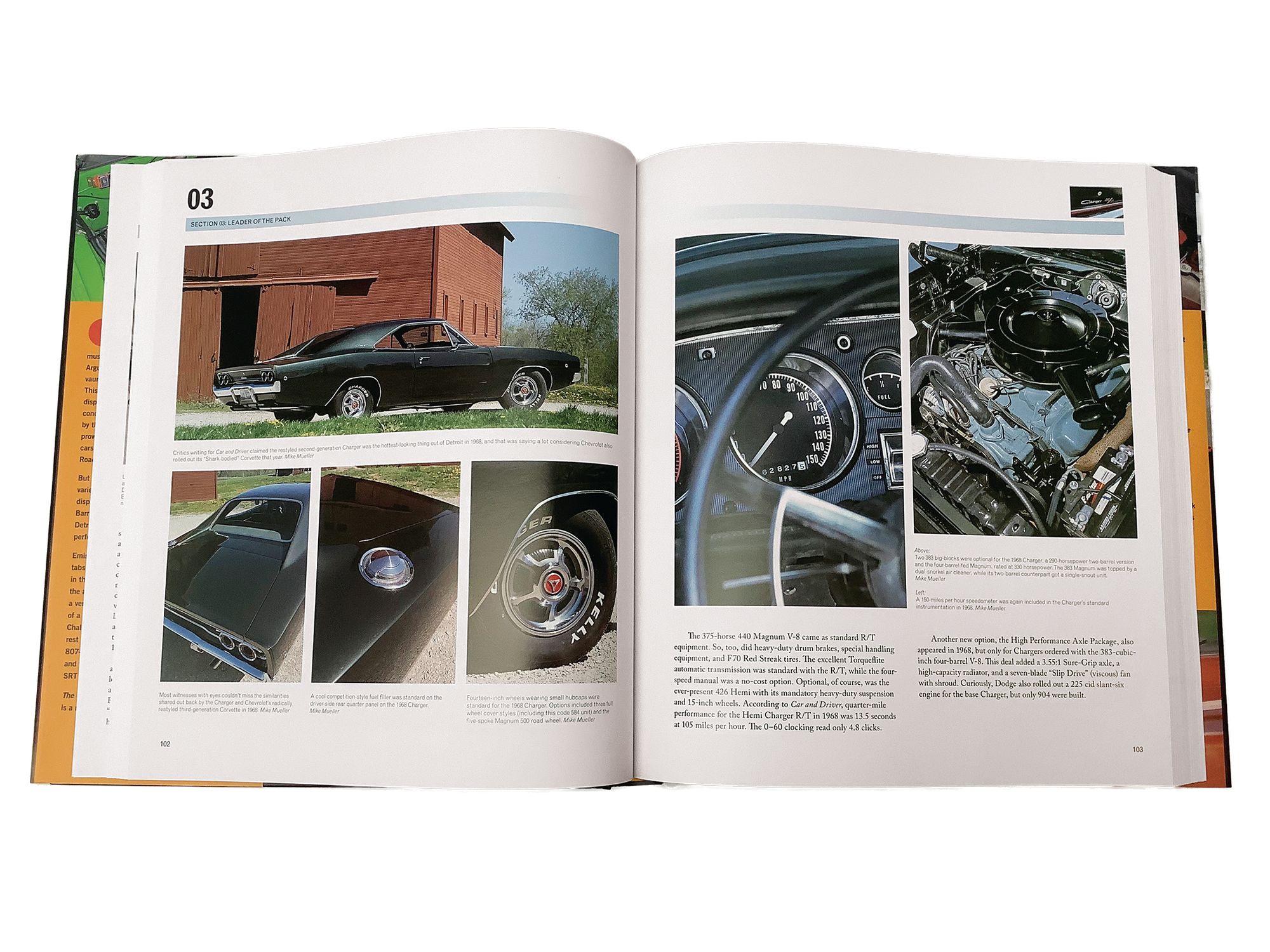If you were buying/selling a 2020 Chevy Silverado, you likely consider ordering up a vehicle history report or “VHR” to help you negotiate the price or determine your interest when buying a vehicle. VHRs are a great way to check the actual accident records, ownership, title records, and even recalls for any vehicle. What you may not realize is that these reports are available for ANY vehicle, even those built before 17-digit VIN numbers were required in 1981.
One of the biggest concerns for classic car buyers is title washing. This is not the same thing as title swapping, which is removing the VIN tag from one body to another, which is only legal when done under the supervision of state authorities. Title washing is just like money laundering; the title is sold to another person using specific tactics to yield a clean title. This is not only unethical, but also a felony. The purpose of title washing is to conceal a vehicle’s previous history of major damage that would have it labeled as a junk motor vehicle or salvage.
You are probably thinking “but how would that even work? A title is a title”, the answer is just as simple- every state has different laws and rules regarding vehicle titles. Some states don’t even title vehicles after a certain timeframe, so it can get tricky ensuring that the vehicle you are looking at purchasing has a legitimate title history.
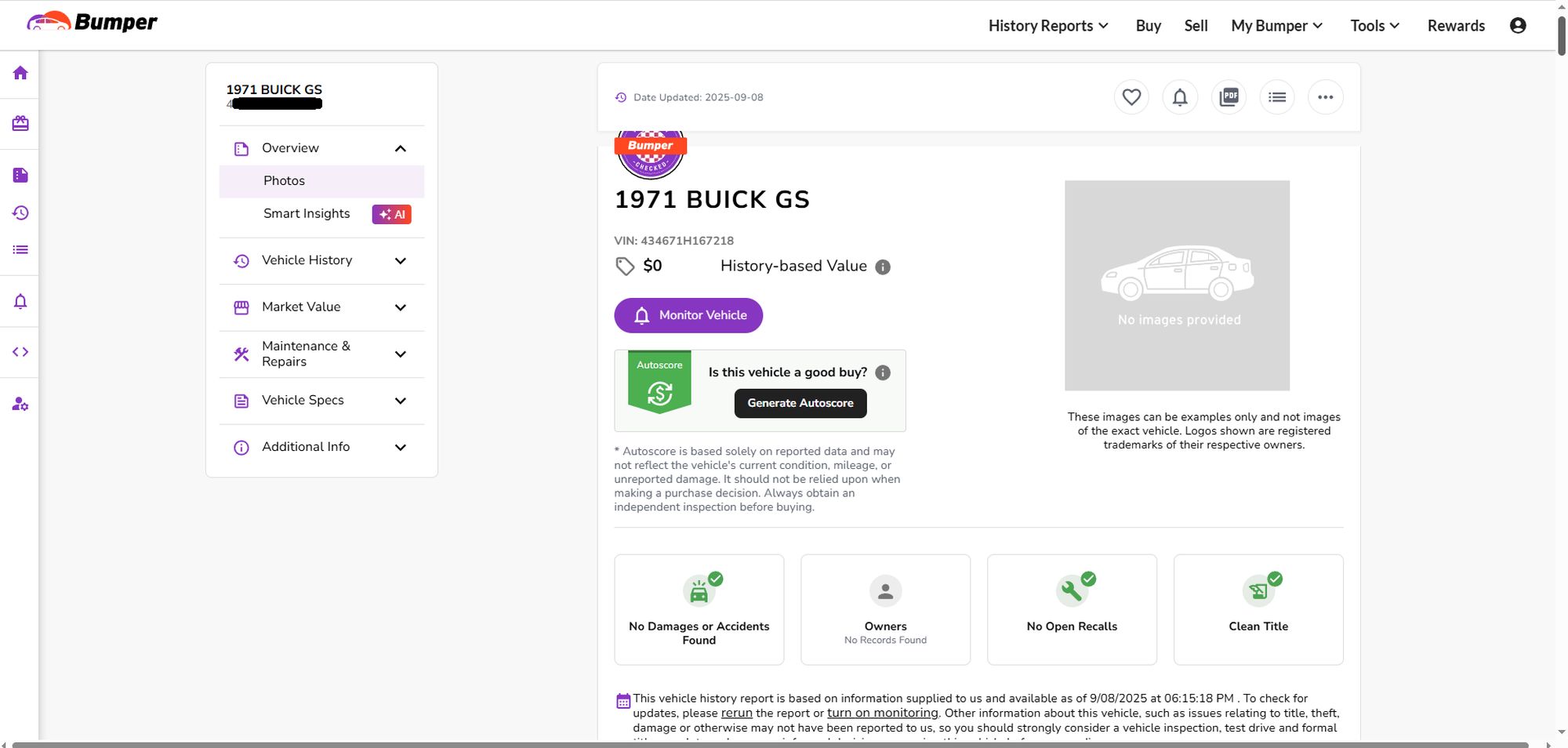
How Title Washing Works
An unscrupulous seller links up with a cohort to scam some unsuspecting buyers. They buy a few cars at auction from a recent flood sale. These vehicles have “Salvage” or “Flood” stamped on the title indicating that they have been in a flood and must be sold as scrap. Next, they get the vehicles running and driving (usually the bare minimum of effort) and then take the vehicles to another state that does not have the same rules. The vehicle is retitled in the new state following their rules. Some states require a rebuilder, but many do not. Once the vehicle has been inspected (this is usually a VIN check only), a new title is created without any of the previous damage attached. A vehicle with a clean title is worth a lot more than a salvage item, making this a very lucrative option for the low-down dirty fools who do it. In the end, someone gets snookered and loses a lot of money. In most cases, the issues soon return, and the seller has disappeared.
Not only could you lose a lot of value, but you could also find yourself in a heap of legal trouble as well. The owner of the vehicle is responsible for it, and if your vehicle fails and causes an accident, you could be in for a long legal battle that you did nothing to deserve.
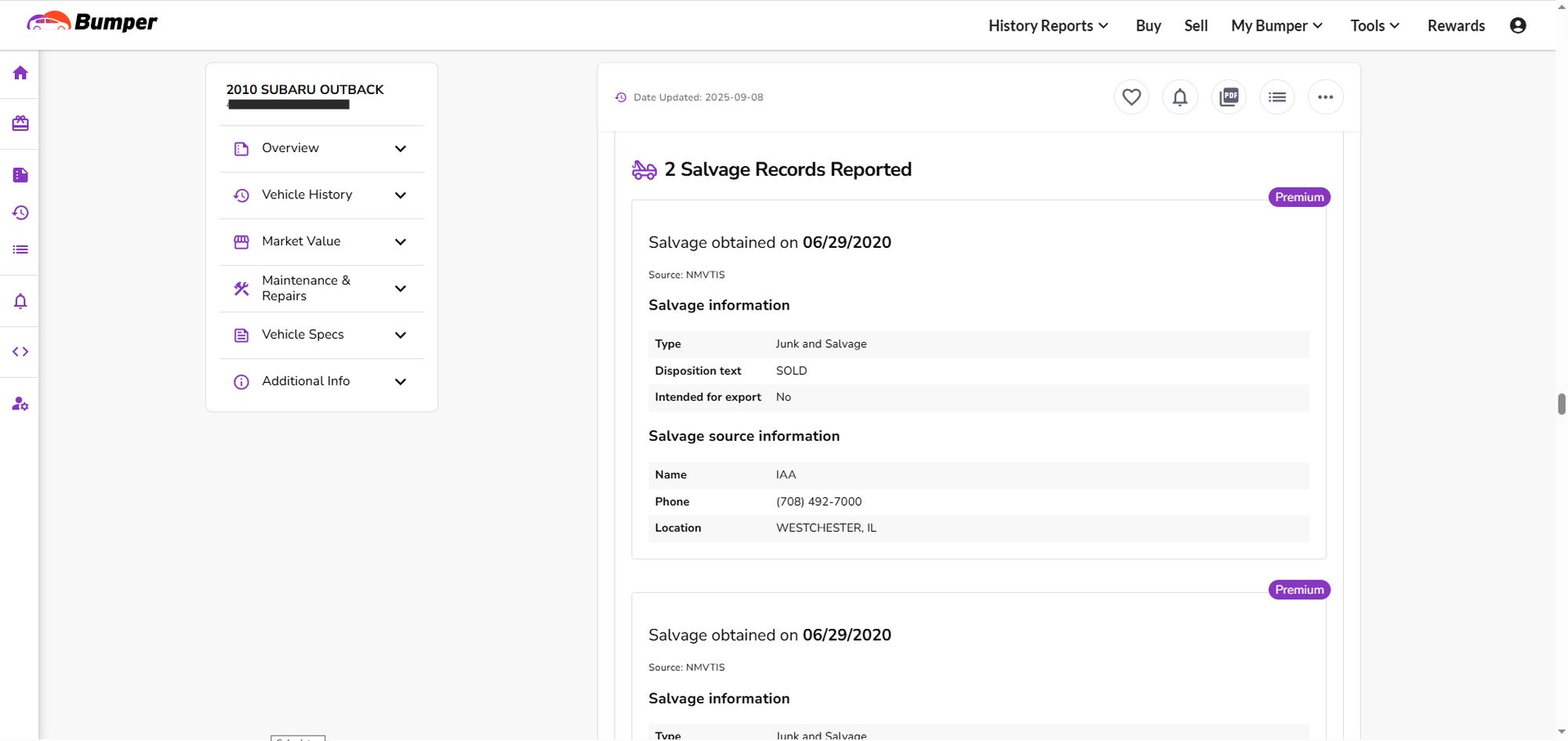
How Do I Make Sure My Vehicle Has Not Been Title Washed?
There may be tell-tale signs such as too low a price, or very recent out-of-state title issuance, but the best way to verify the history is to order a VHR from Bumper.com. With Bumper.com, you get a detailed history of the vehicle, including sales history, accidents*, theft, liens, recalls, estimated market value, and more. You don’t even need the VIN, you can use the plate to get the information as well.
For as little as $1, you can get access to your vehicle’s history with the 7-day trial membership. This allows you to check up to 50 VINs per month (great for dealers and casual flippers). For a $5 7-day membership, you get the same access, with the added ability to print PDFs and save reports. After the 7-day trial, a monthly charge of $27.99 is billed to the account used for the initial setup.

Buying a title-washed vehicle usually ends poorly for the buyer. The phrase “Caveat Emptor” or “Buyer Beware” applies to any and every vehicle you are considering purchasing. Even if you know the seller, they could have been duped along the way. A vehicle history report from Bumper.com is the best way to help ensure that you know the dirty details of any vehicle you are buying or selling. Providing a clean VHR to any prospective buyer shows that you are not out to defraud anyone. Got a vehicle with low miles on the odometer? A VHR can help prove they are original miles and not a rollback or rollover.
Whether buying, selling, or just doing research on a vehicle you already own, a Bumper.com vehicle history report is a great way to confirm the details. It makes a nice addition to any vehicle’s service portfolio as well. Visit Bumper.com for more information on their services and get a report ordered for all of your vehicles.
*Bumper reports are based on data available and may not include historical accident records in all states.
The post Using Vehicle History Reports For Classic Cars appeared first on The Online Automotive Marketplace.

